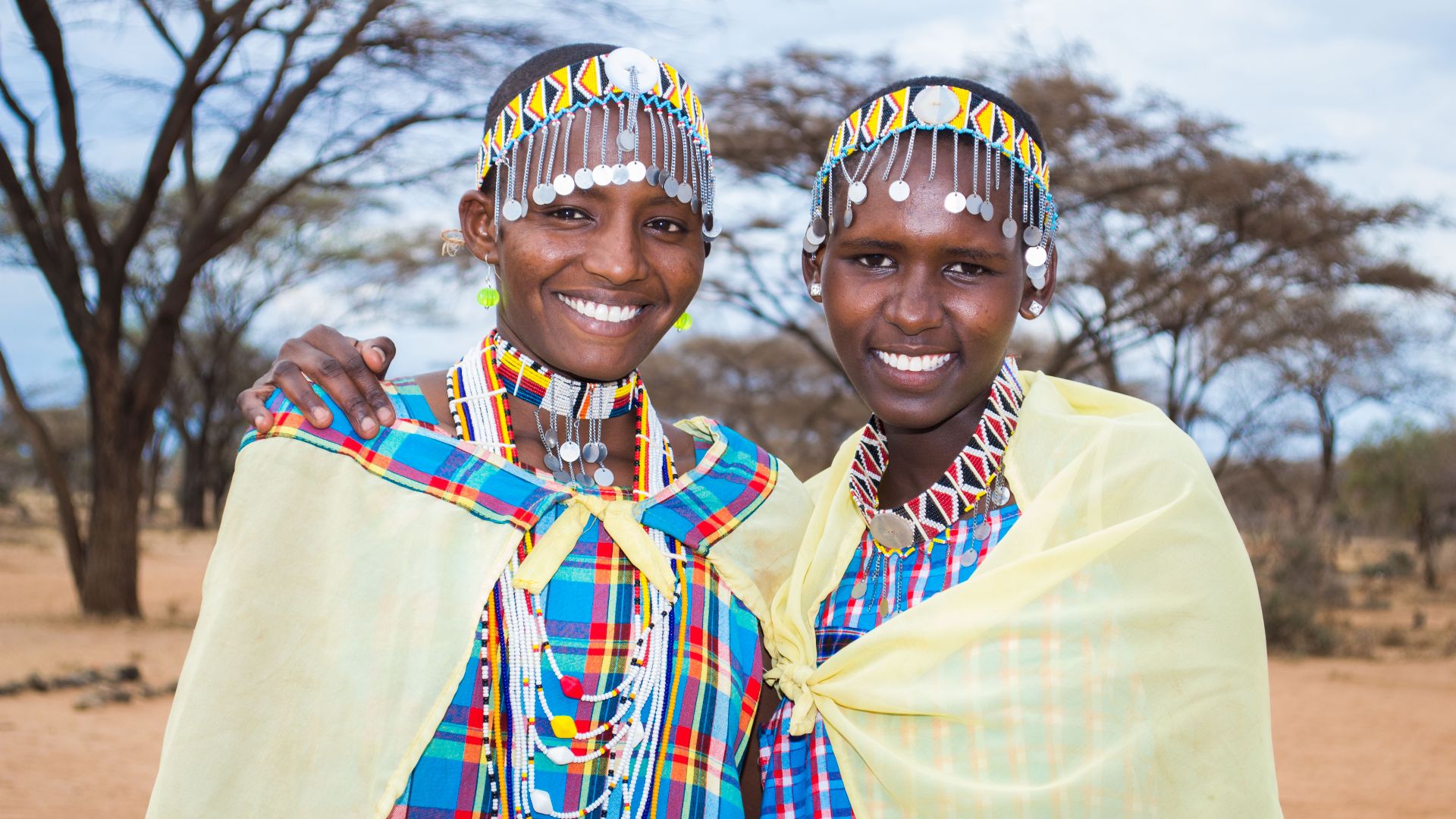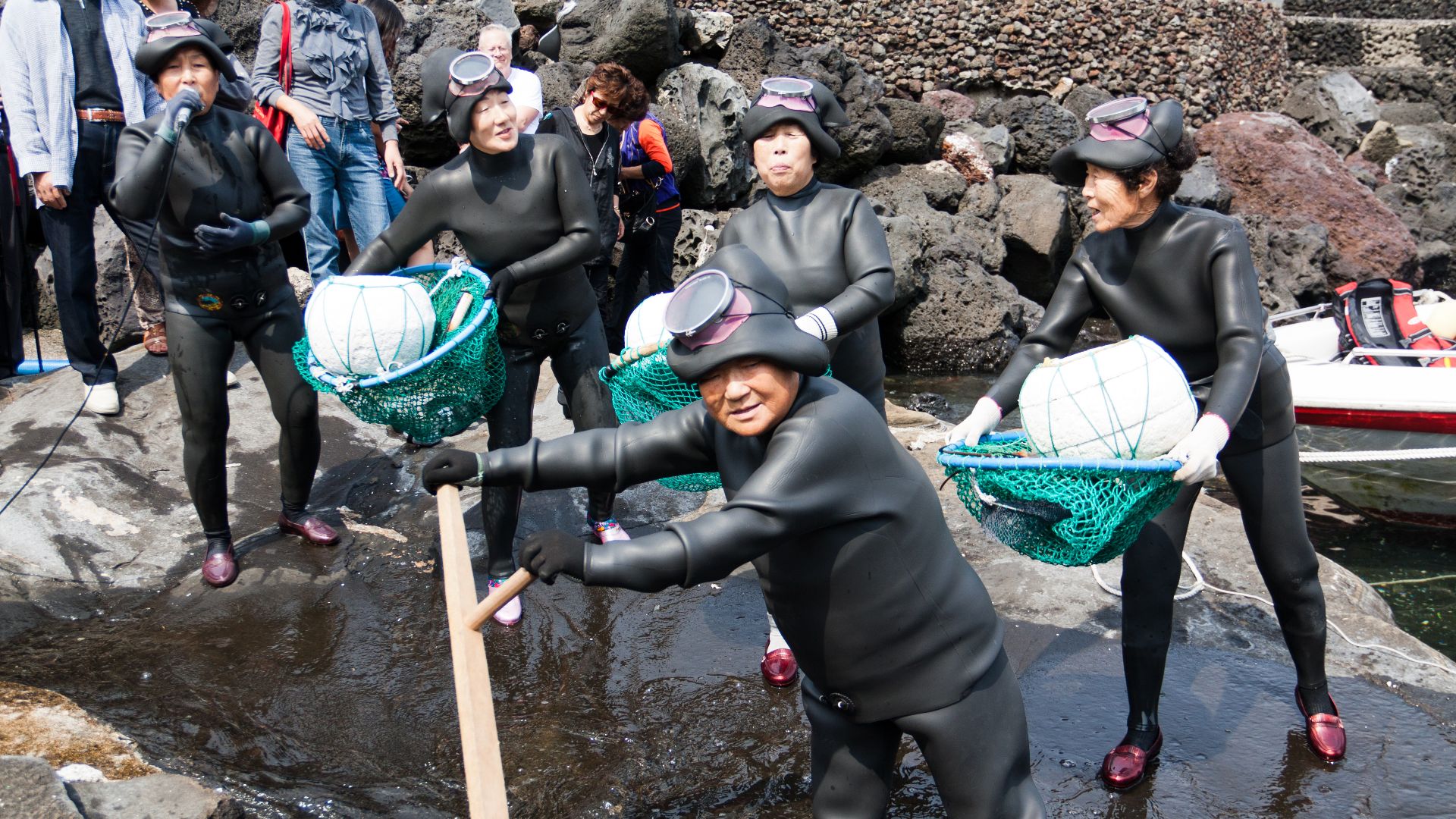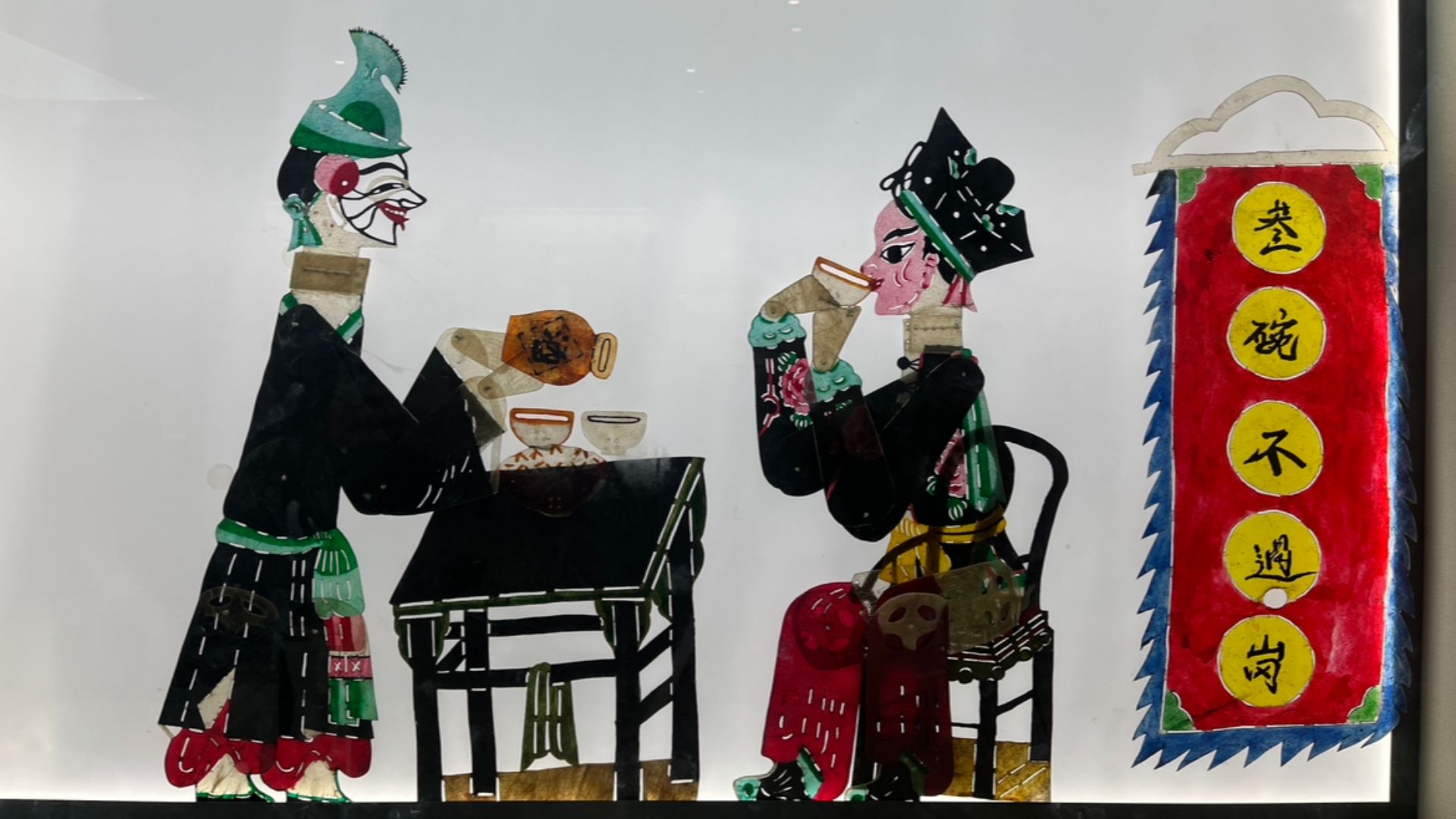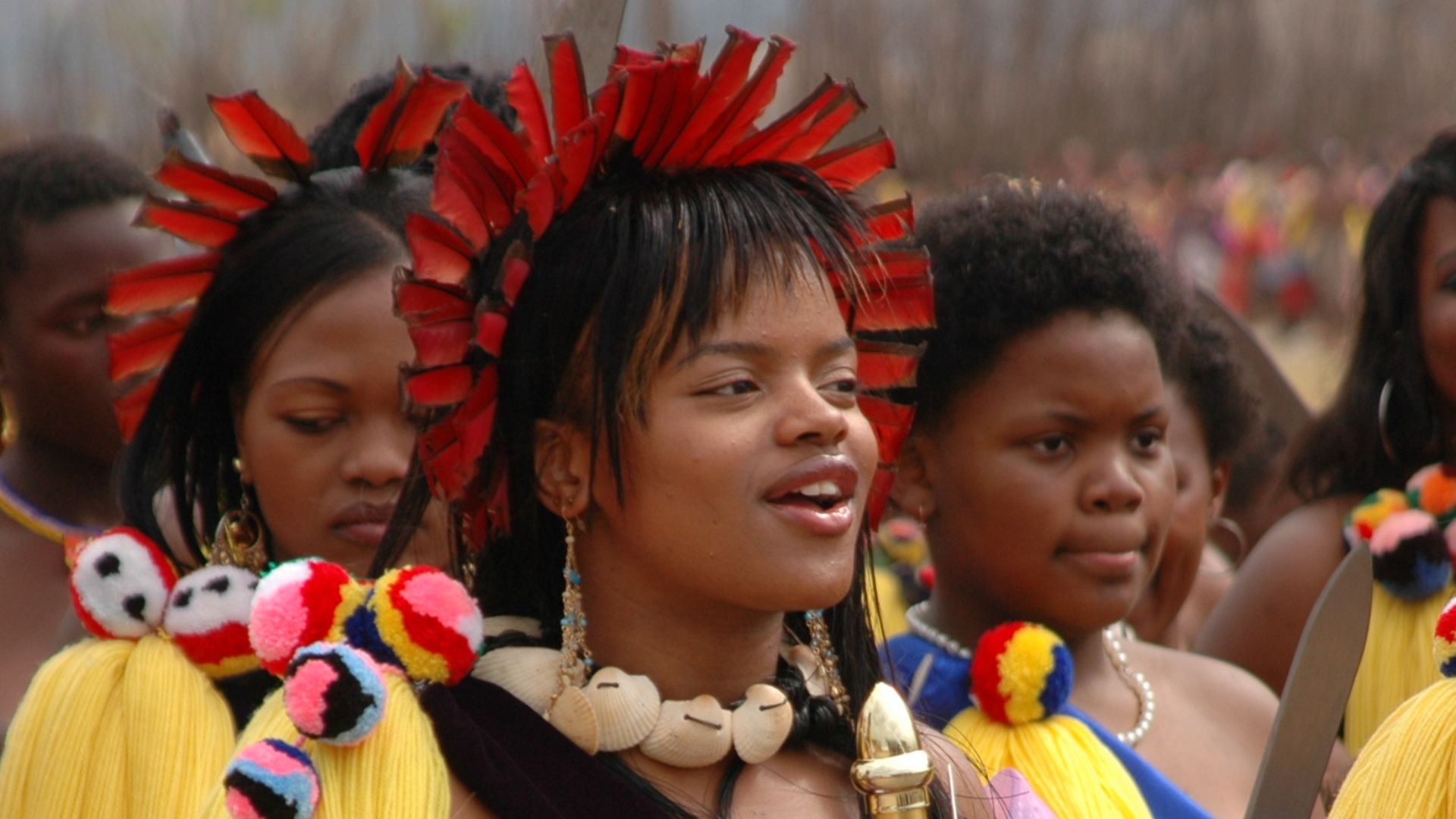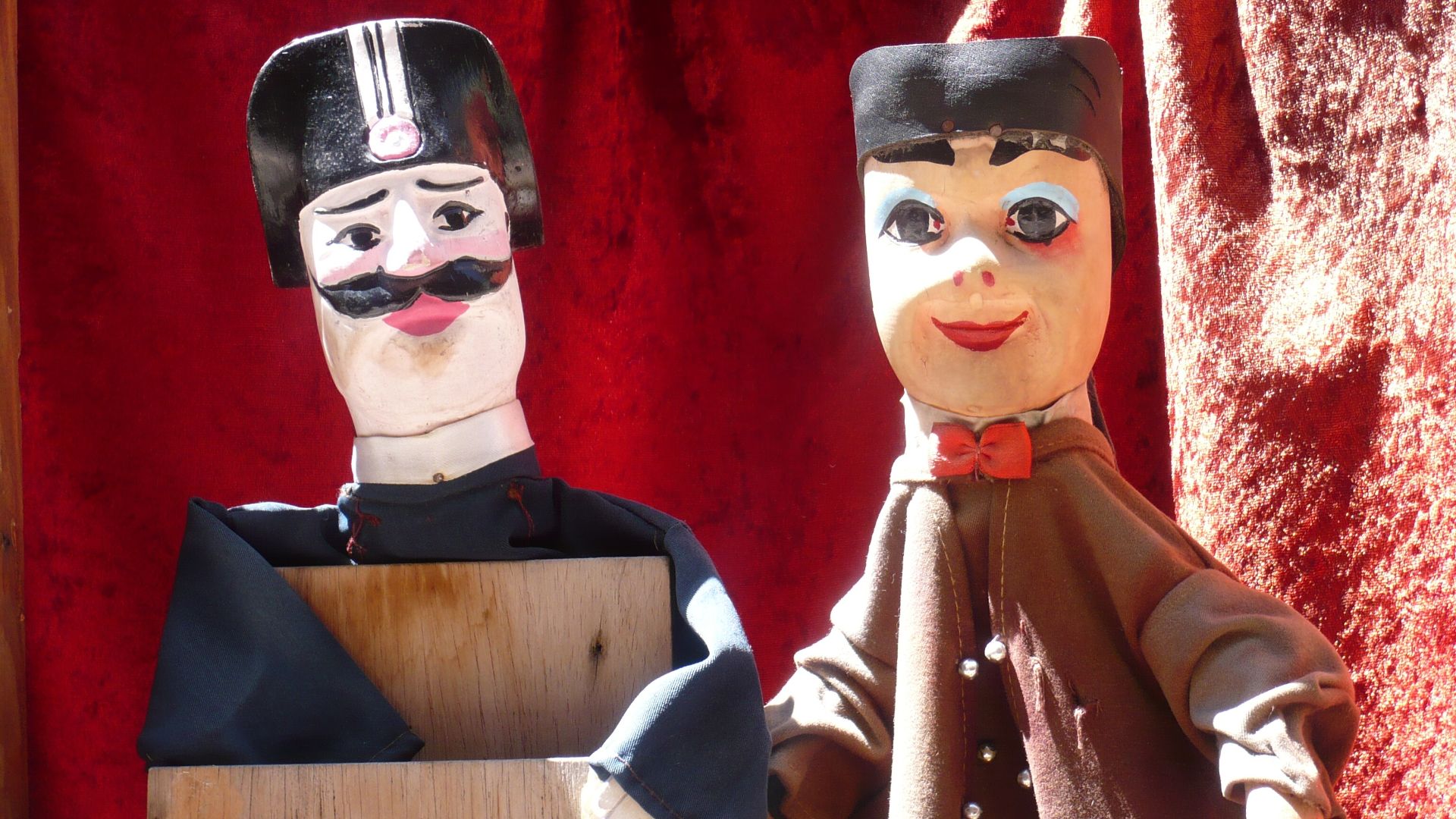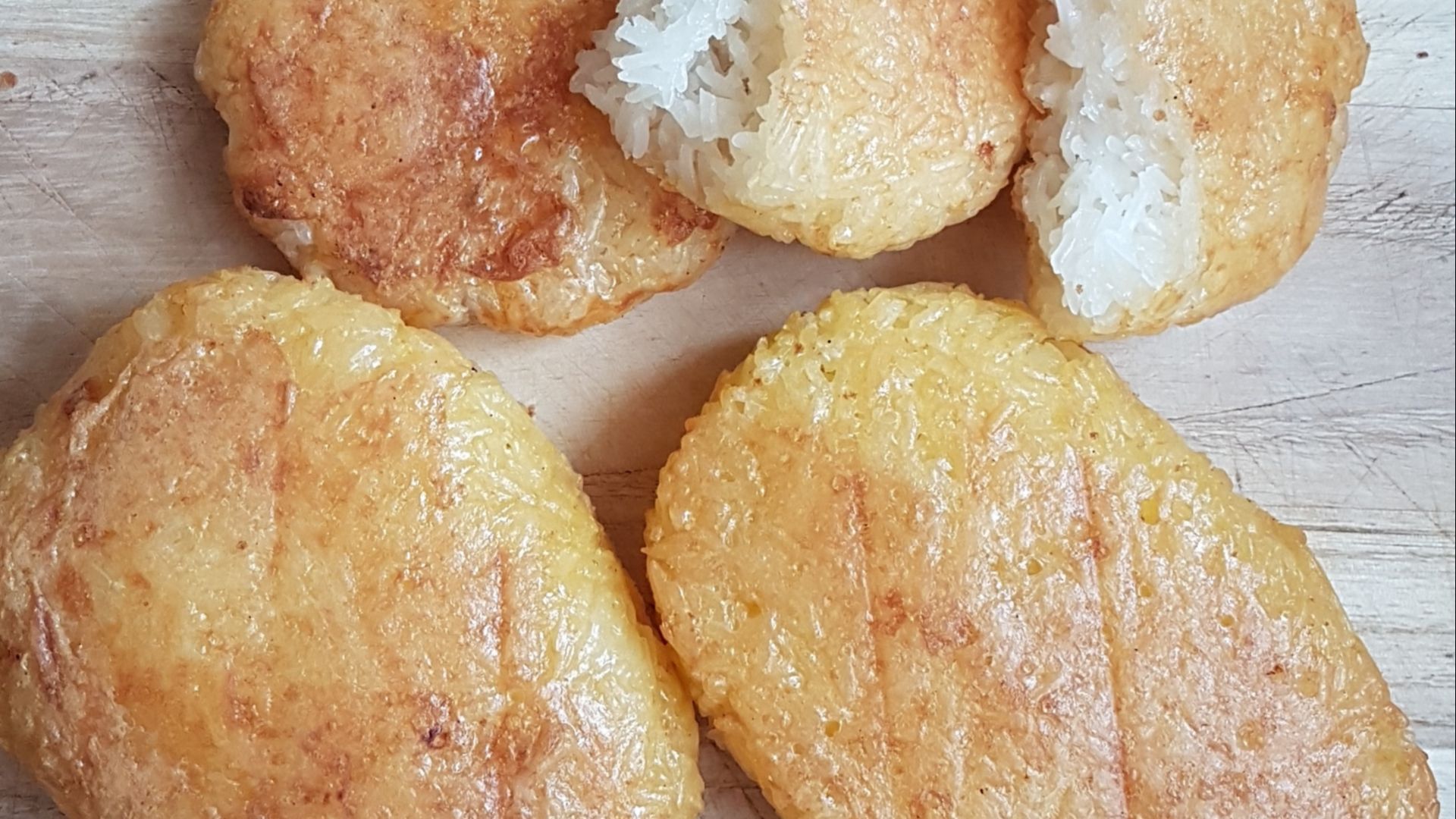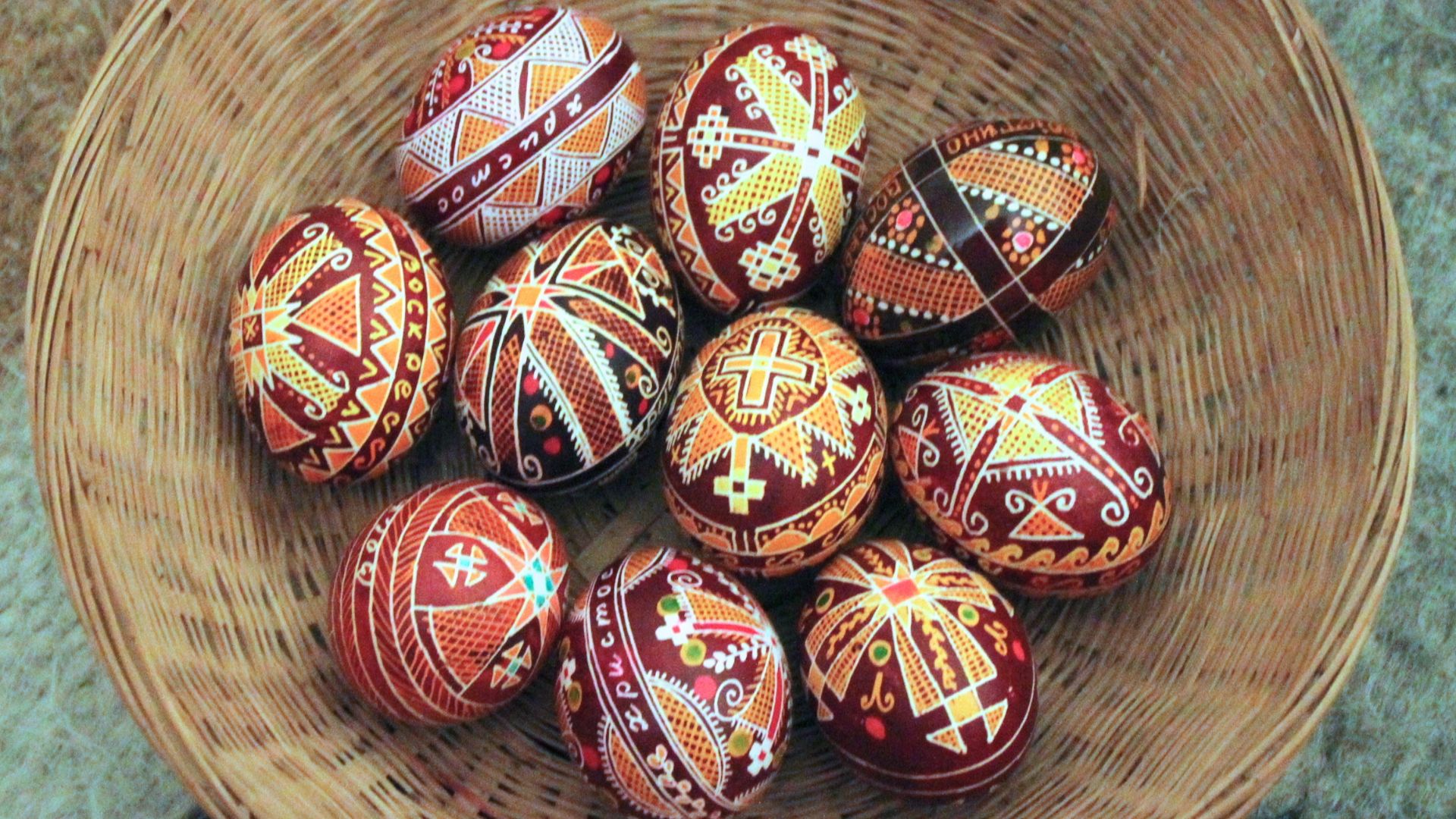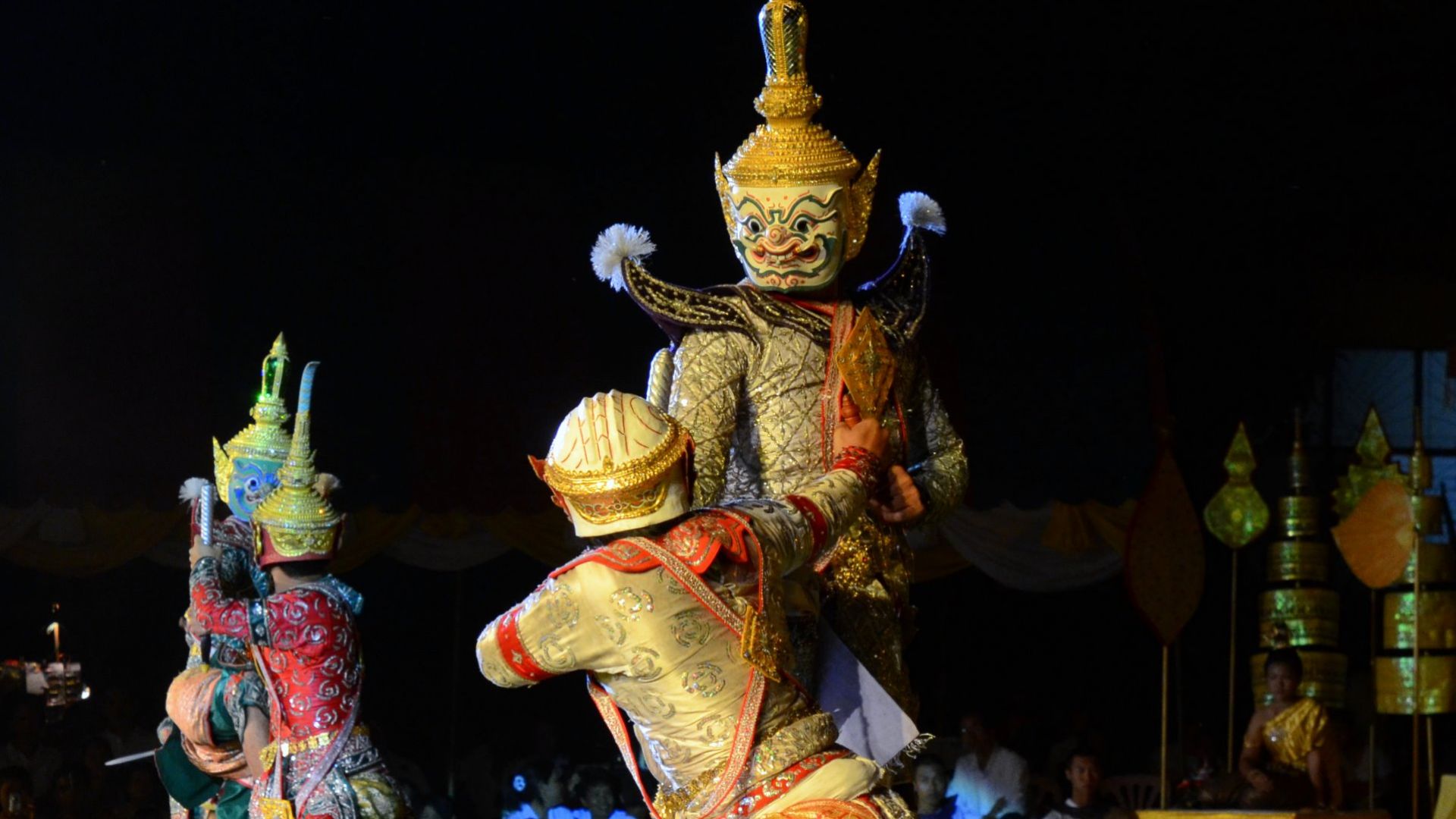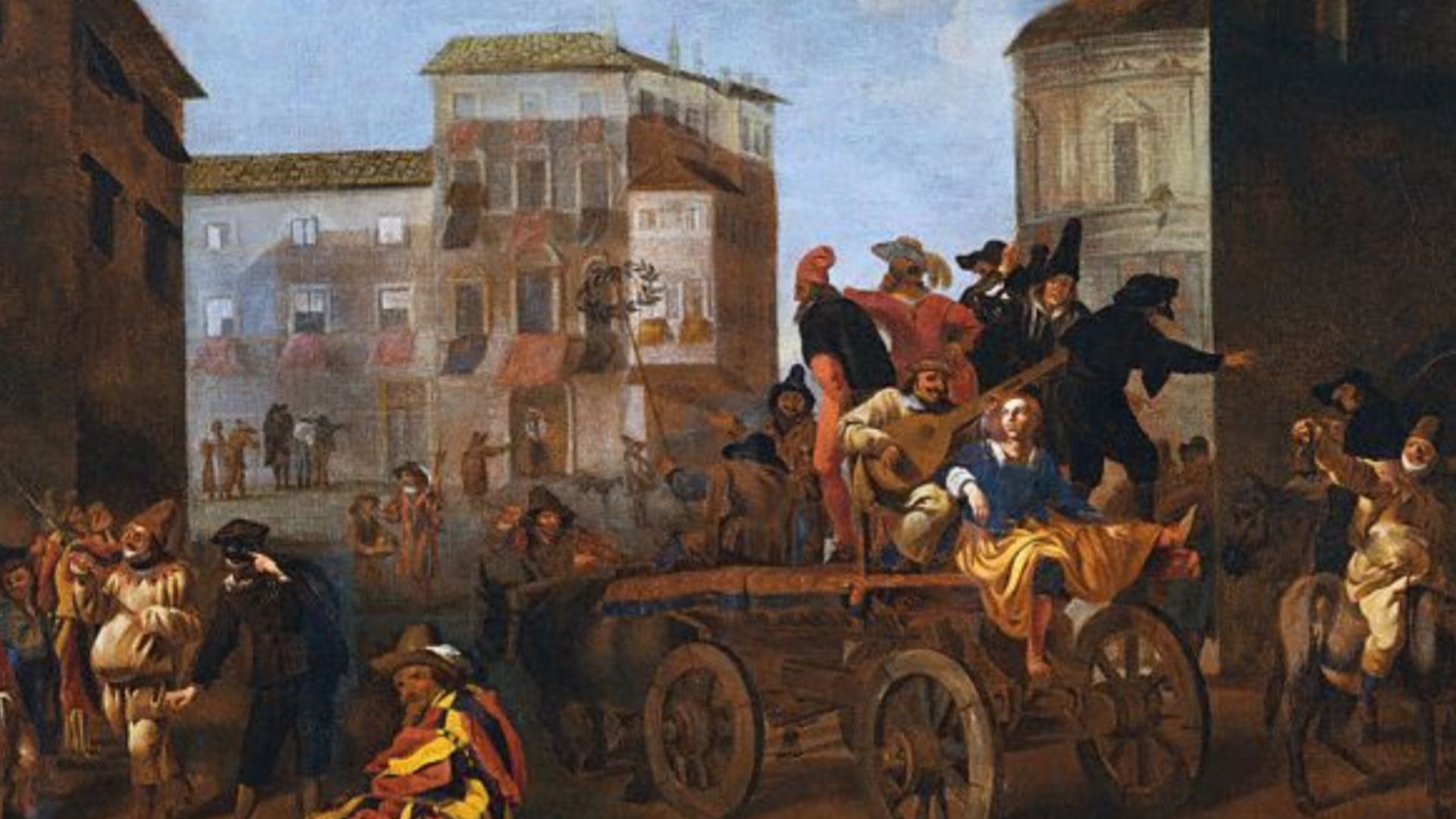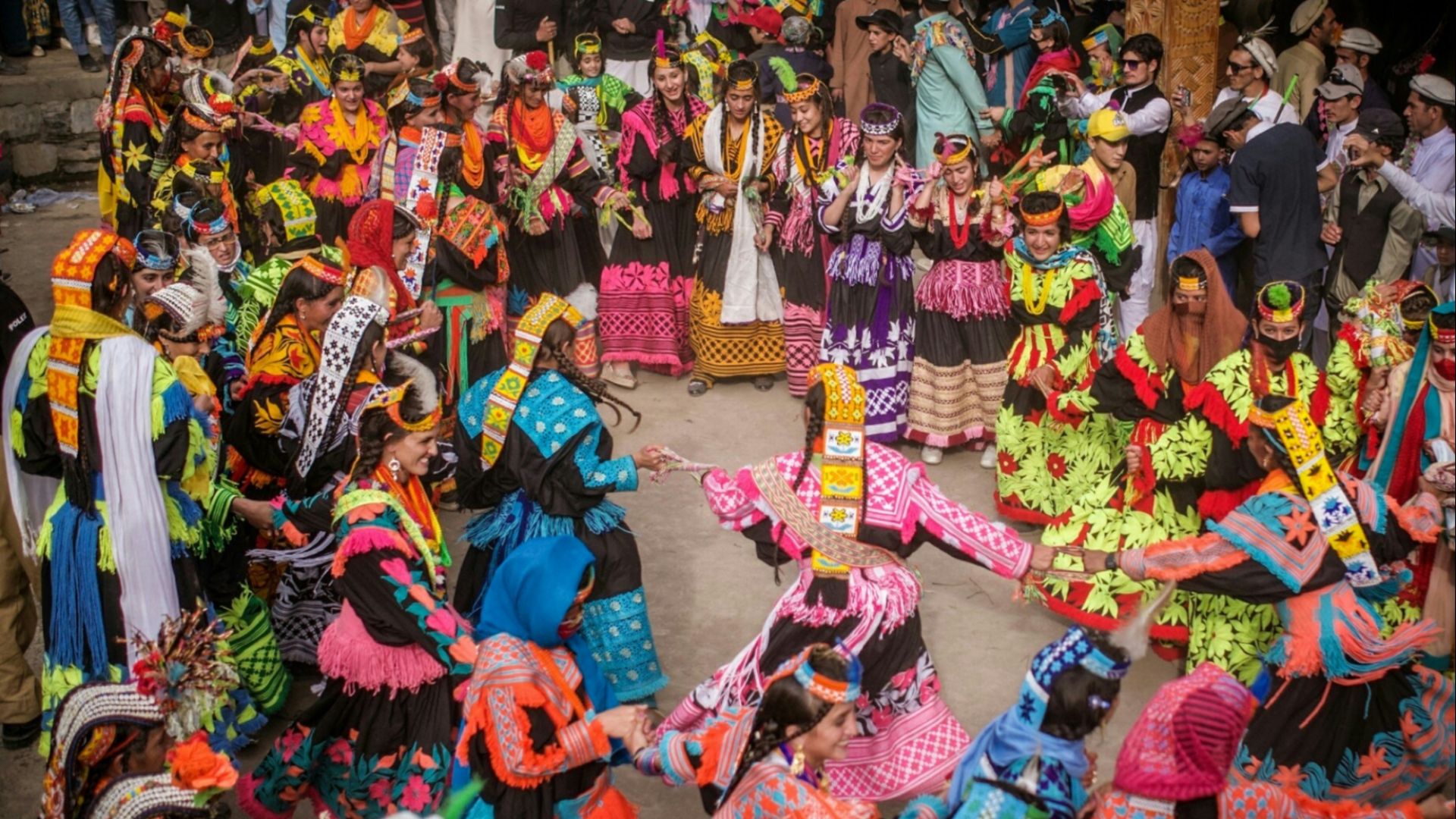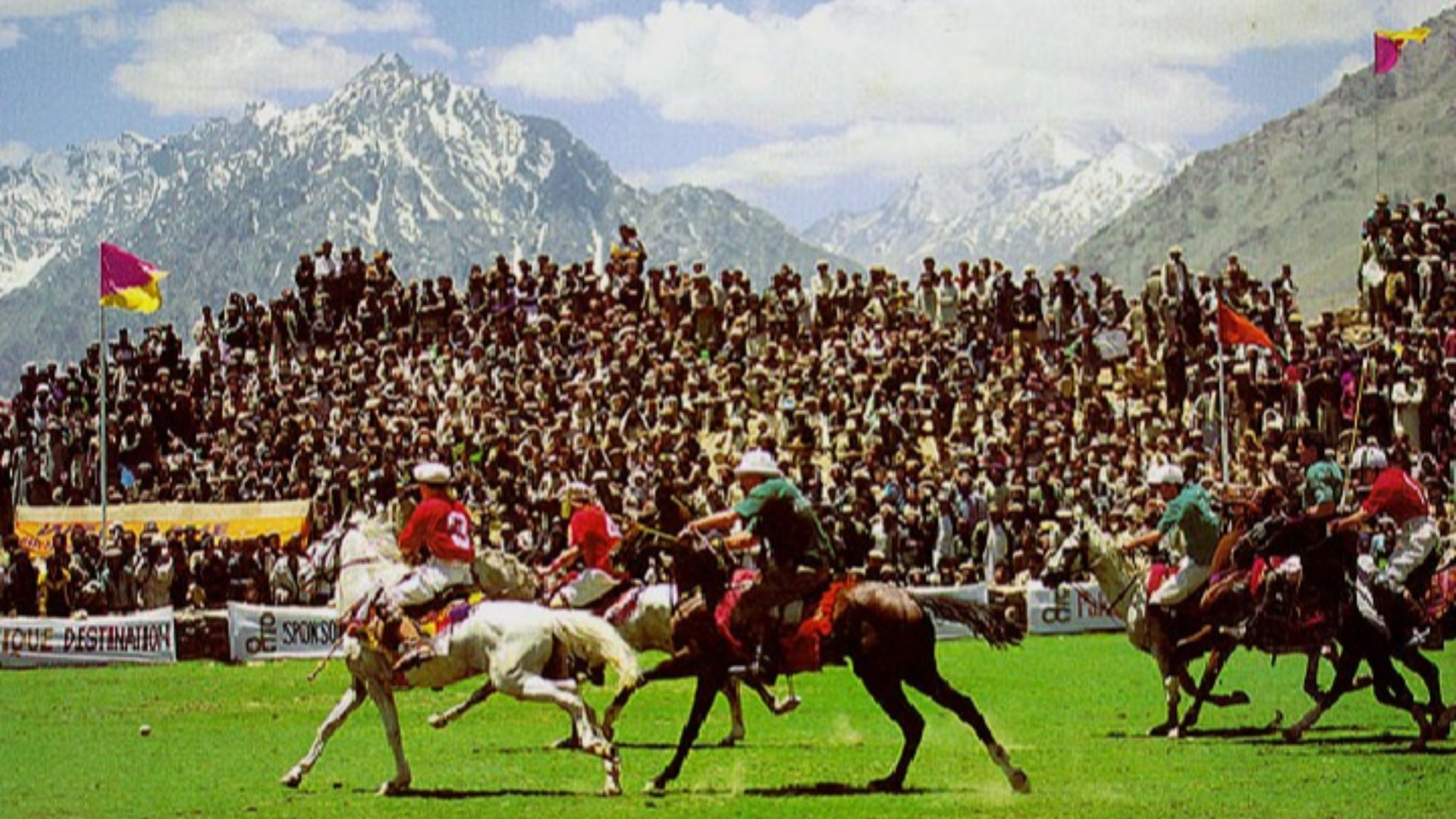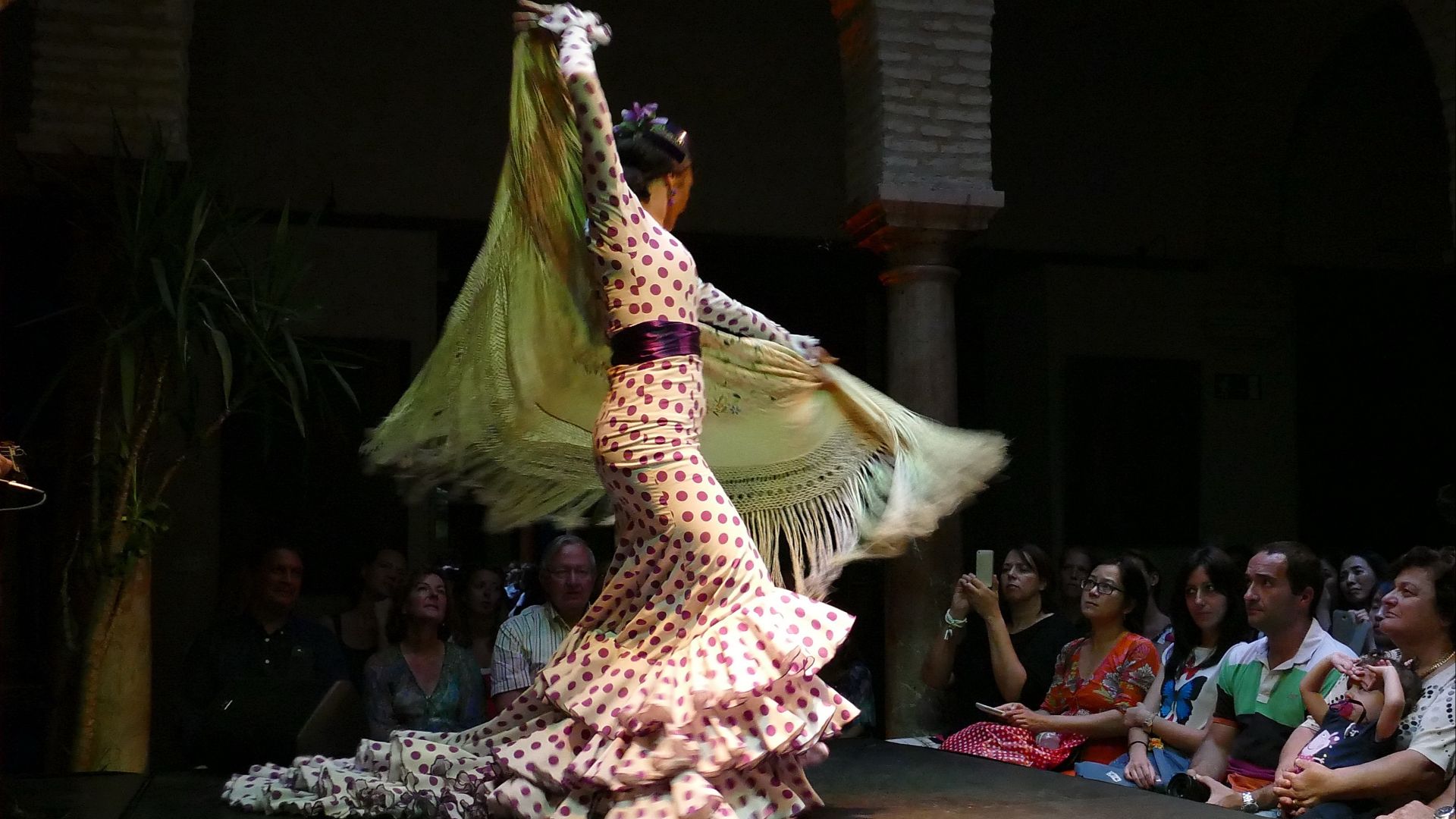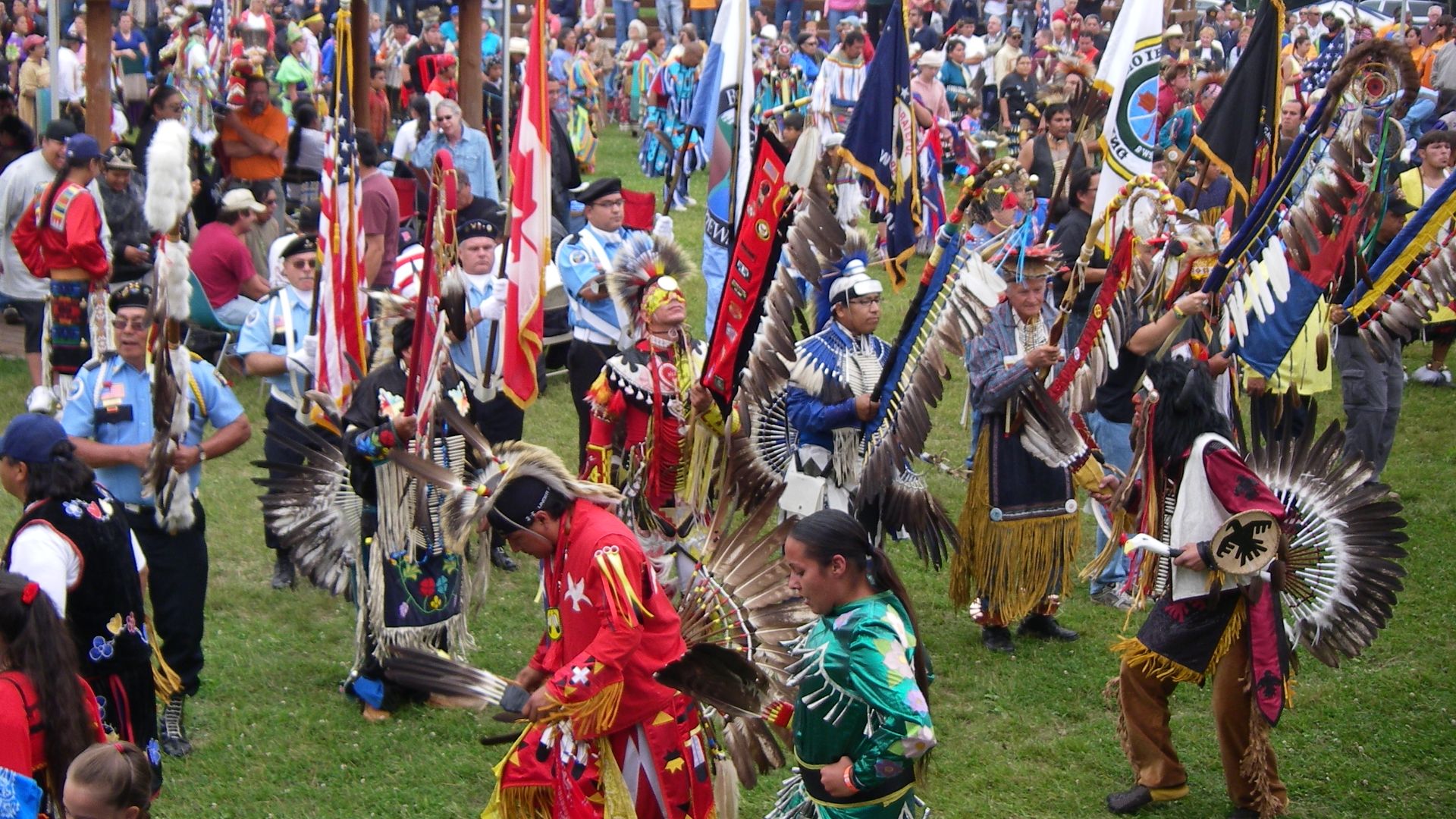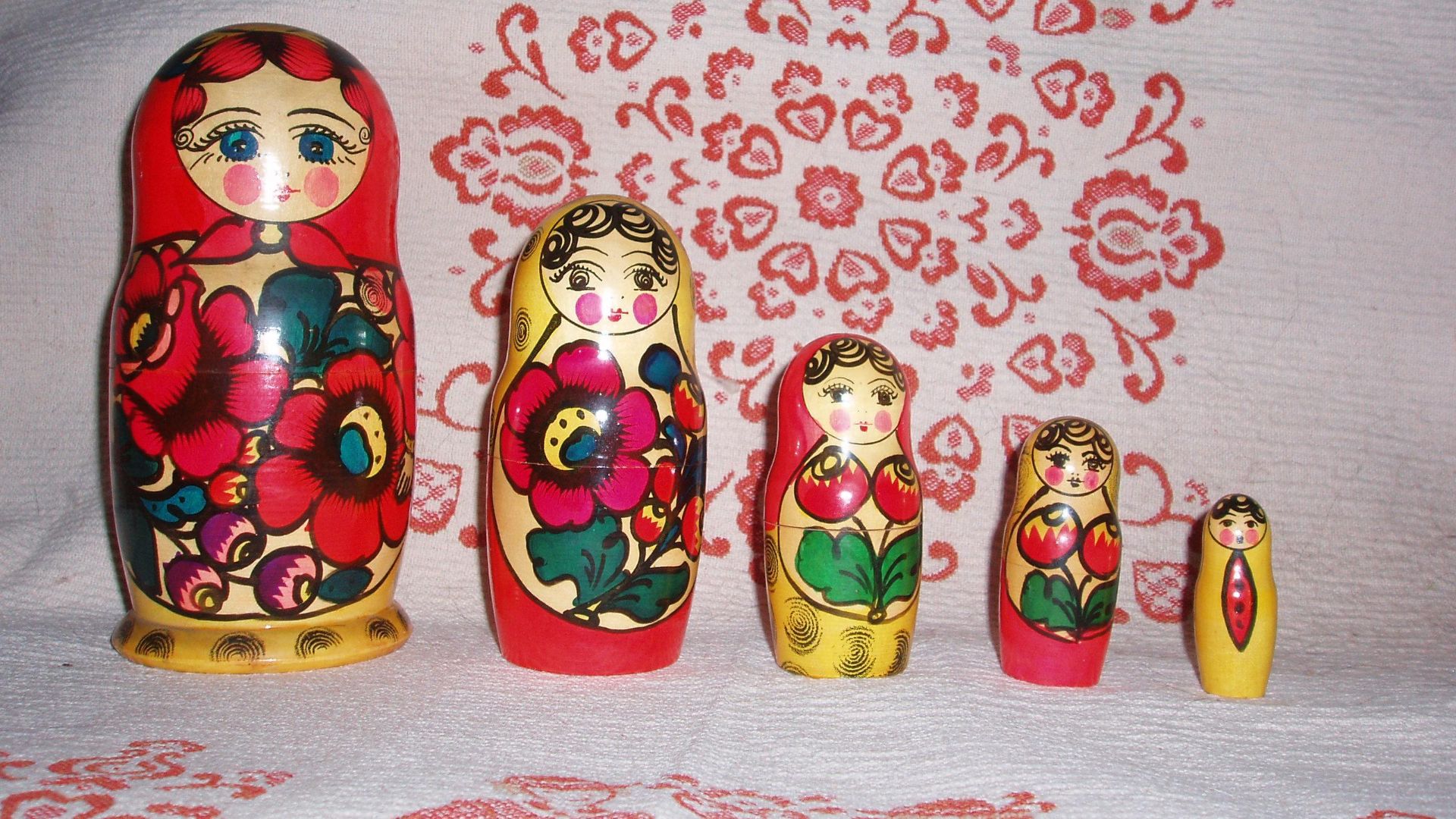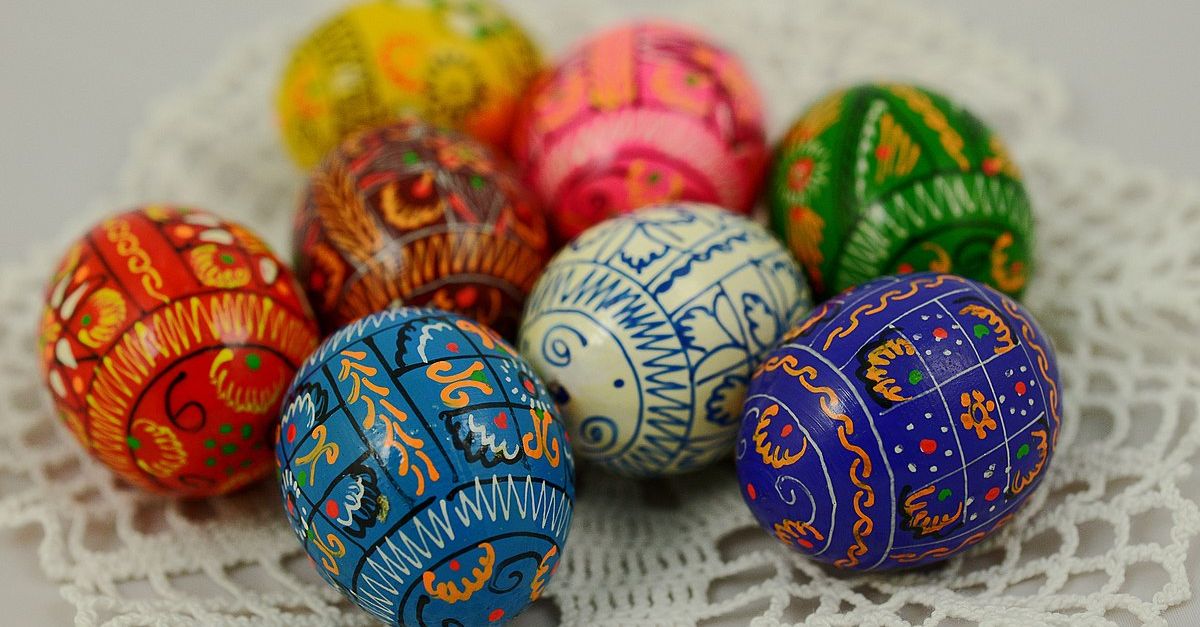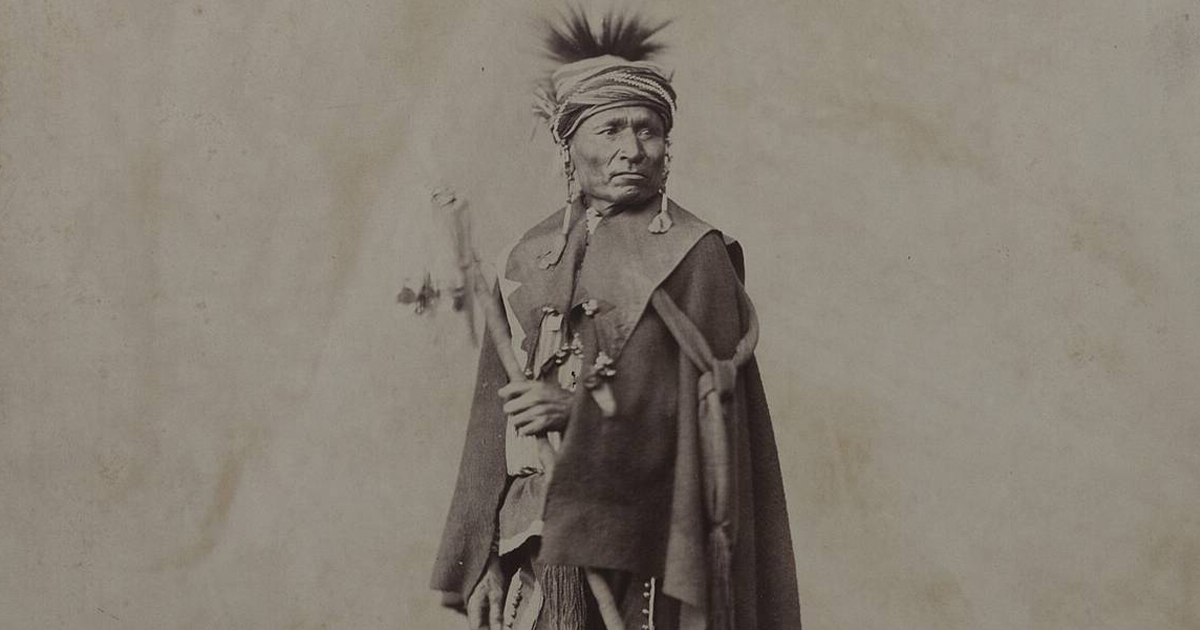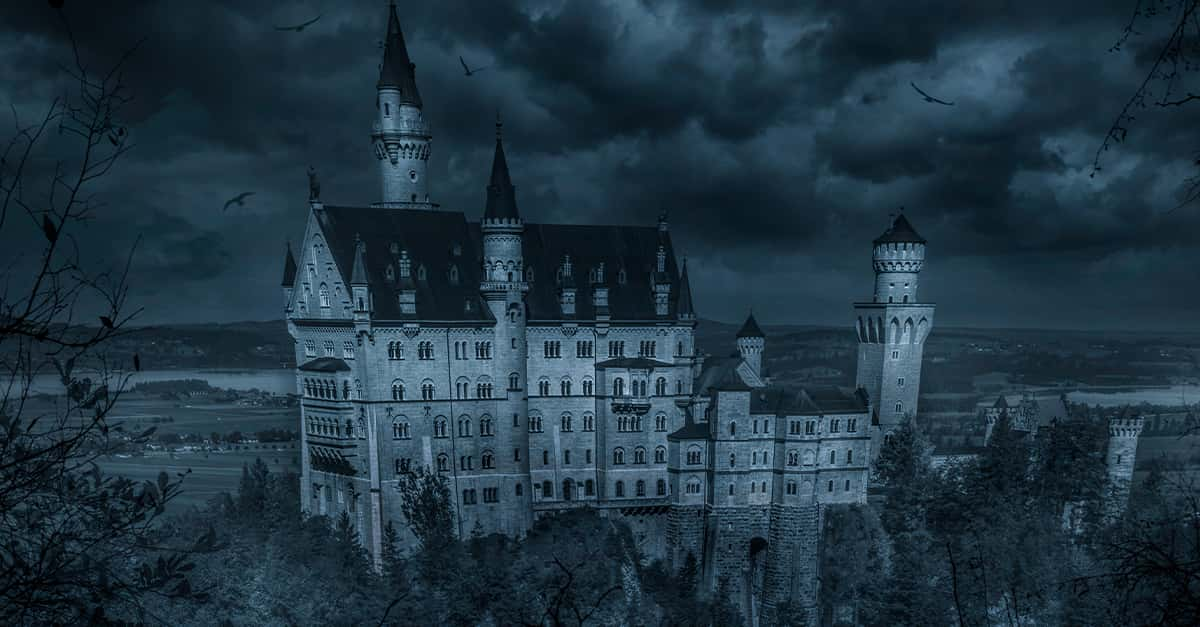The Good Kind Of Culture Shock
Do you ever catch something mid-scroll and think, “Wait… what’s going on there?” There are a bunch of little cultural curveballs that make sense only when you get the full picture.
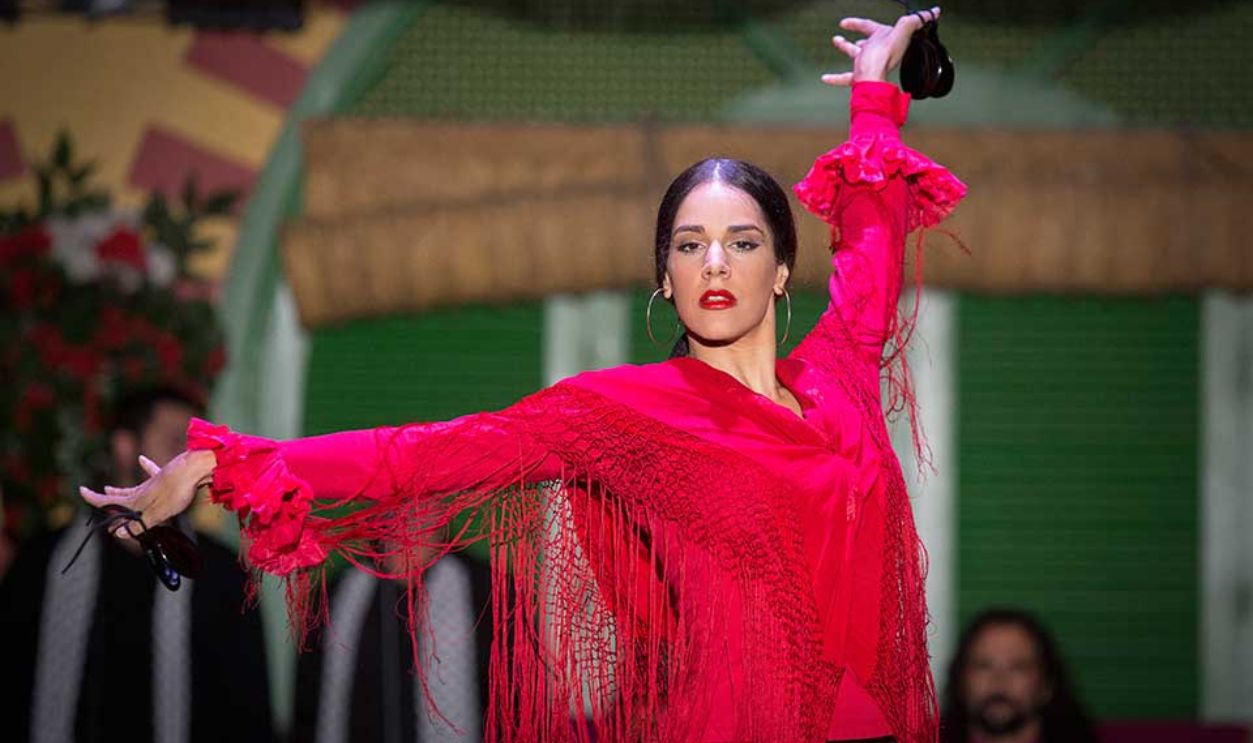
Japanese Kabuki Theater
Slide back a shoji screen, and you’ll uncover Kabuki, Japan’s flamboyant theatrical treasure dating back to 1603. Geishas wore them, but Izumo no Okuni, a female temple dancer, invented the style. Picture painted faces, frozen mie poses, and actors striding in kurogo-assisted levitation.
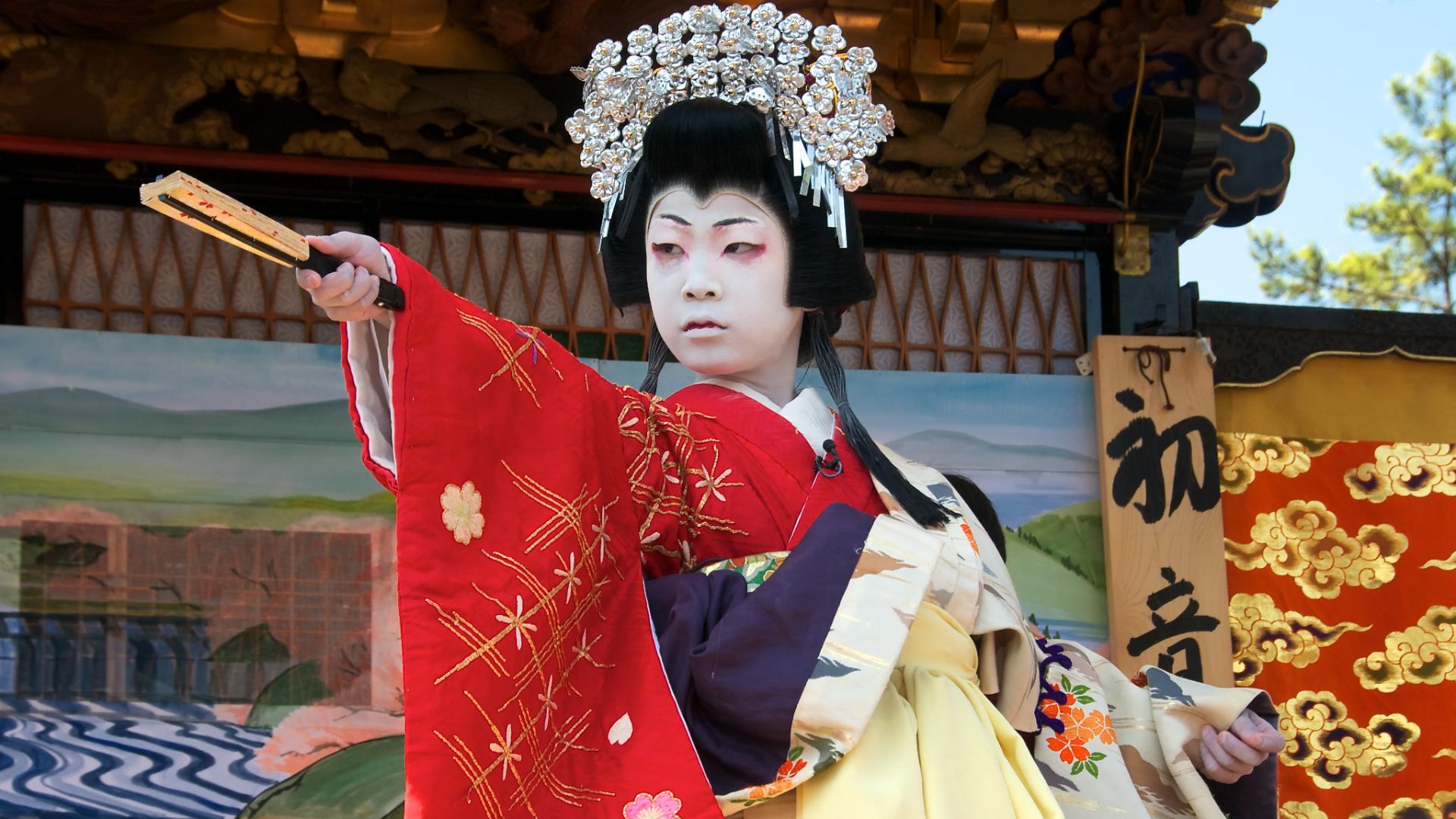 lensonjapan from Osaka, Japan, Wikimedia Commons
lensonjapan from Osaka, Japan, Wikimedia Commons
Kenyan Maasai Adornments
Colorful beads click softly against sunburnt skin as Maasai women sway through Kenya’s plains. Jewelry here is pretty, but that’s not all; it encodes age, identity, social status, and marital standing. Red for bravery, blue for energy, yellow for hospitality, white for peace. Each necklace is a walking archive.
Carnival In Rio
Whistles blow. Feathers explode into color. And bodies? They move like fire. Carnival is Brazil’s heartbeat under sequined skin. You’ll find samba schools preparing all year just for this one week, and the event invites over 2 million dancers and dreamers to flood the streets.
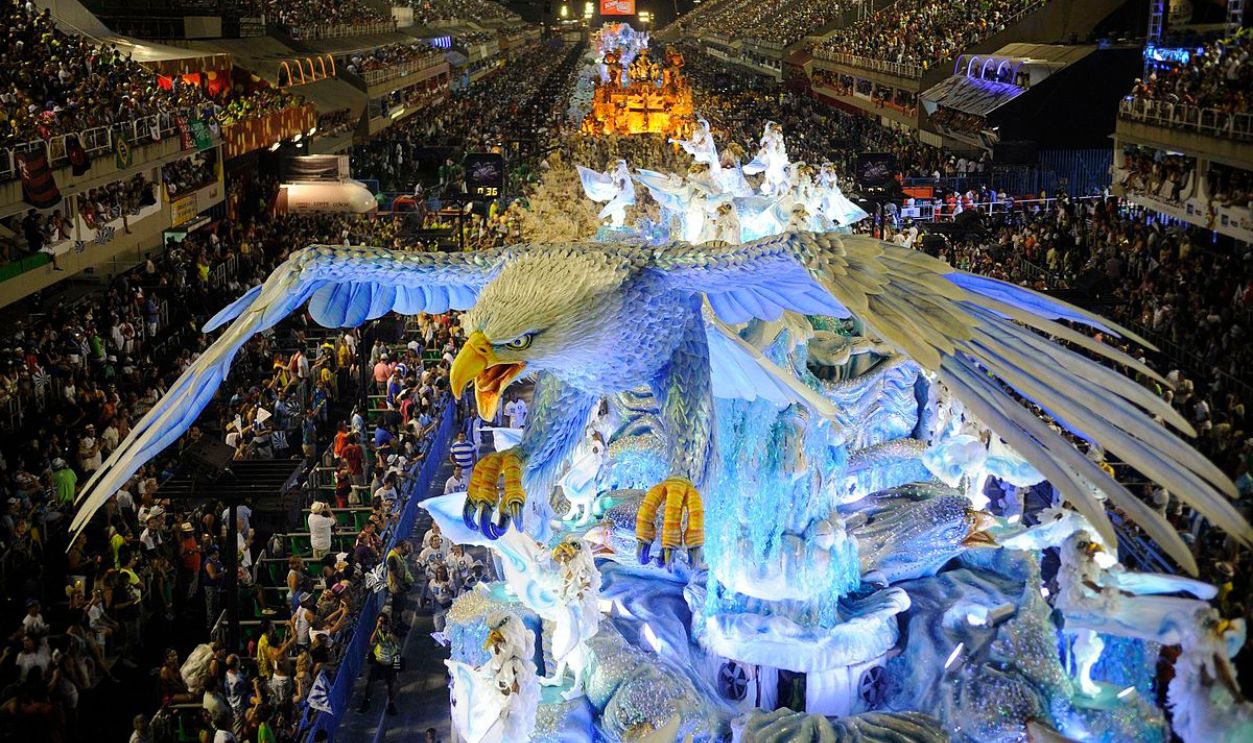 Fernando Frazao/Agencia Brasil, CC BY 3.0 BR, Wikimedia Commons
Fernando Frazao/Agencia Brasil, CC BY 3.0 BR, Wikimedia Commons
Turkey’s Whirling Dervishes Spin
Poetry meets physics in the sacred spinning of the Mevlevi dervishes. Rooted in the teachings of 13th-century Sufi mystic Rumi, this whirling ritual personifies divine love and spiritual transformation. As robes swirl and silence hums, the dance becomes a moving meditation of discipline, devotion, and mysticism, spiraling into transcendence.
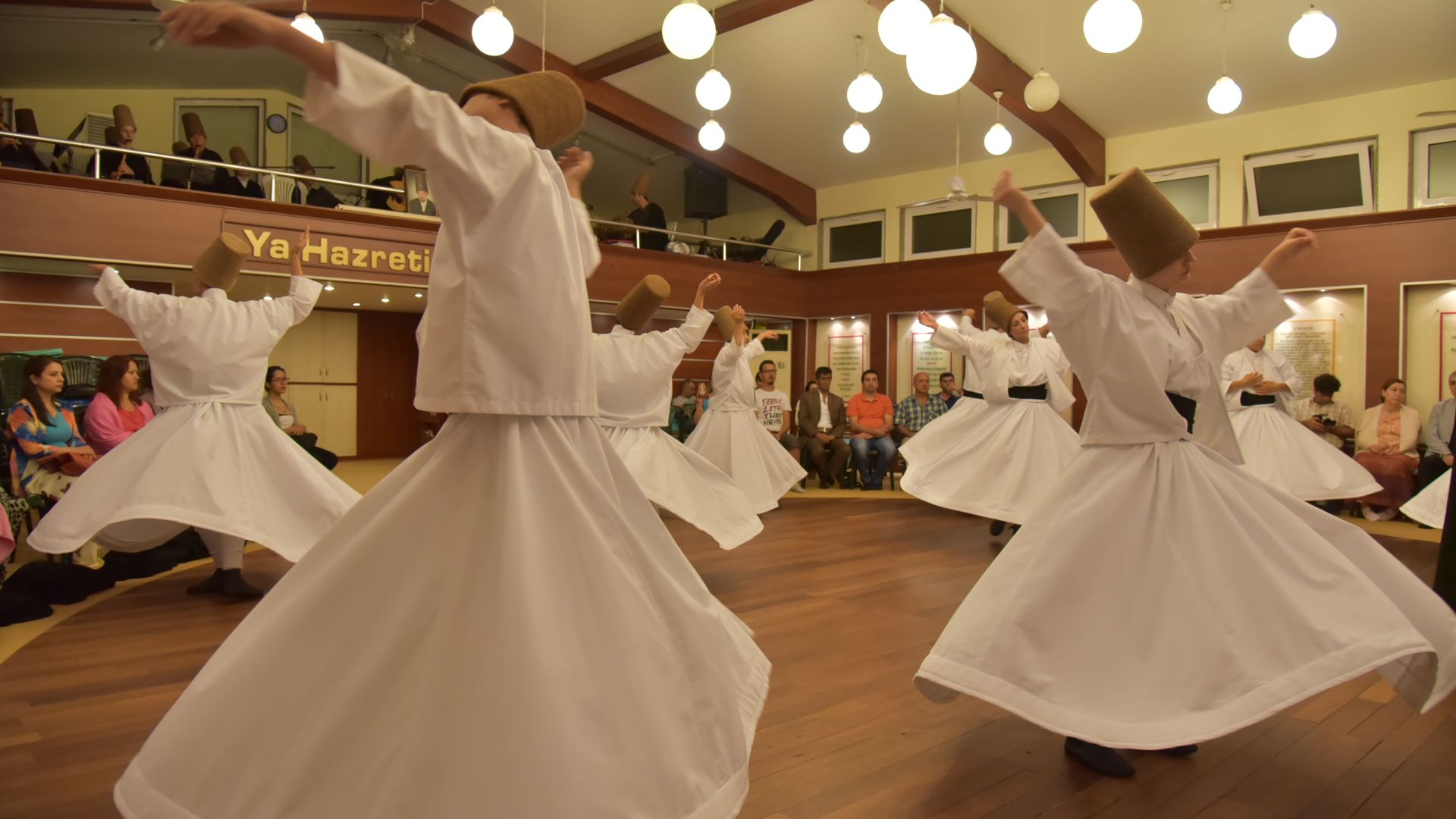 Irfantraveller, Wikimedia Commons
Irfantraveller, Wikimedia Commons
The Day Of The Dead
Mexico’s Dia de los Muertos offers marigold-drenched proof that grief can glow. Families picnic in cemeteries, setting altars (ofrendas) with sugar skulls, mole, and Grandma’s favorite tamales. Death here is honored in color and celebration.
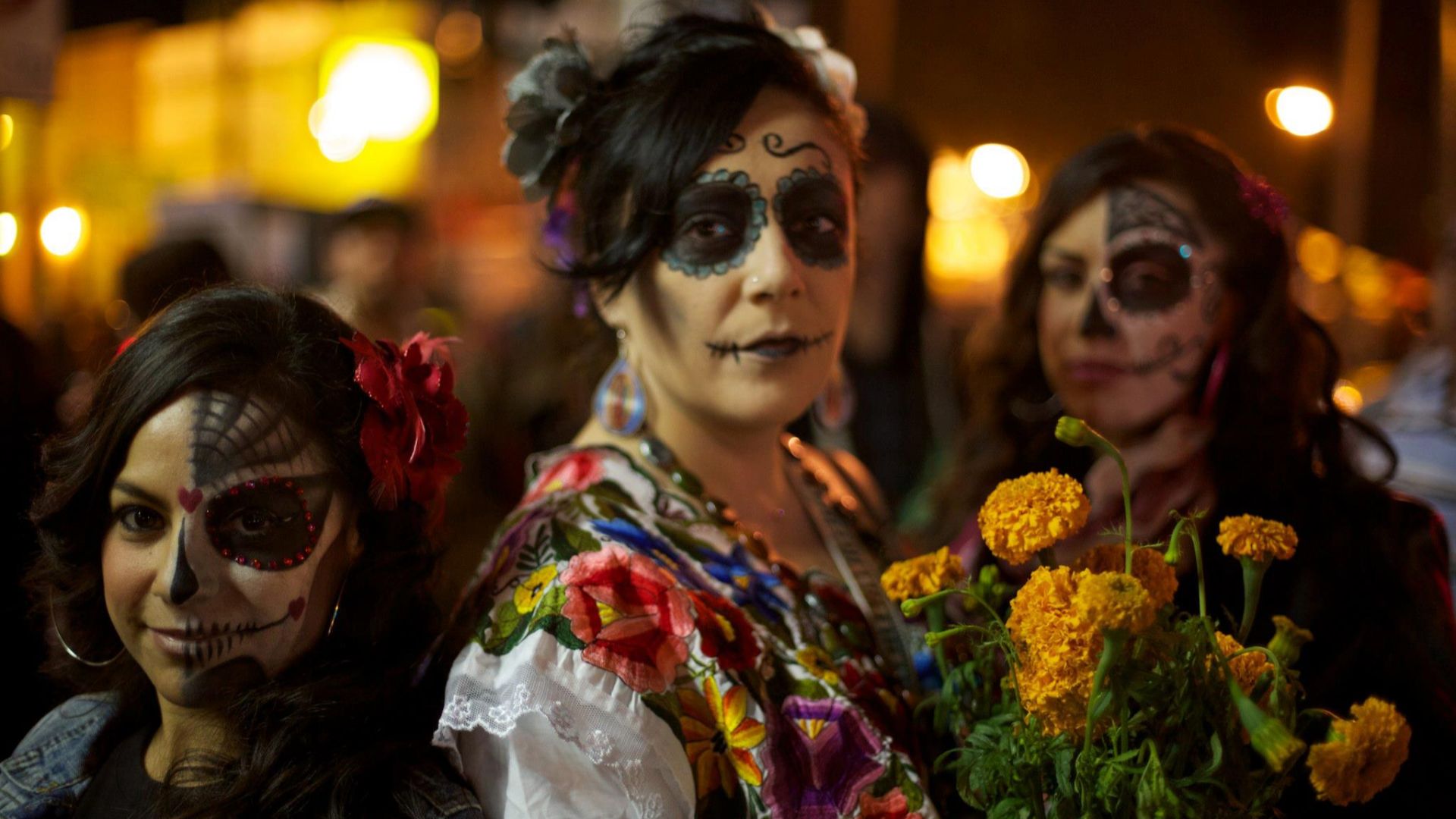 Jaredzimmerman (WMF), Wikimedia Commons
Jaredzimmerman (WMF), Wikimedia Commons
Inuit Throat Singing Battles
The wind howls outside, but inside, two women stand face-to-face, creating music from their lungs and histories. Katajjaq, Inuit throat singing, doubles as a game and a performance. Mimicking nature’s rhythms, each breath bursts like snow, cracking under pressure. The first to laugh loses.
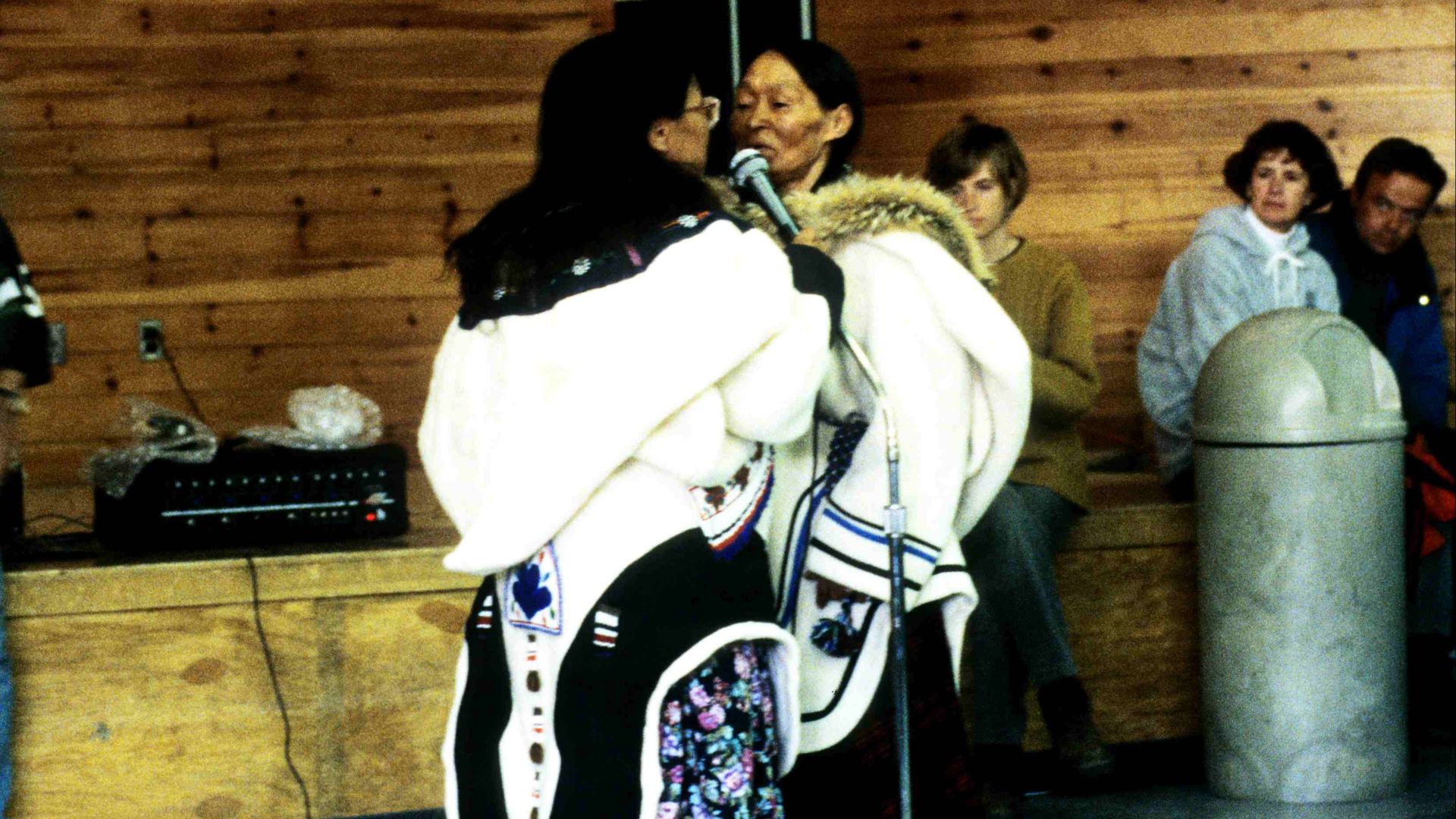 Ansgar Walk, Wikimedia Commons
Ansgar Walk, Wikimedia Commons
India’s Holi Festival
One step out of your house, and red powder hits your shirt. Then green. Then blue. Then, yellow, and before you know it, you will be drenched in joy and centuries of mythology. The Festival of Colors celebrates spring, love, and the victory of good over evil. Bonfires are lit the night before to honor devotion.
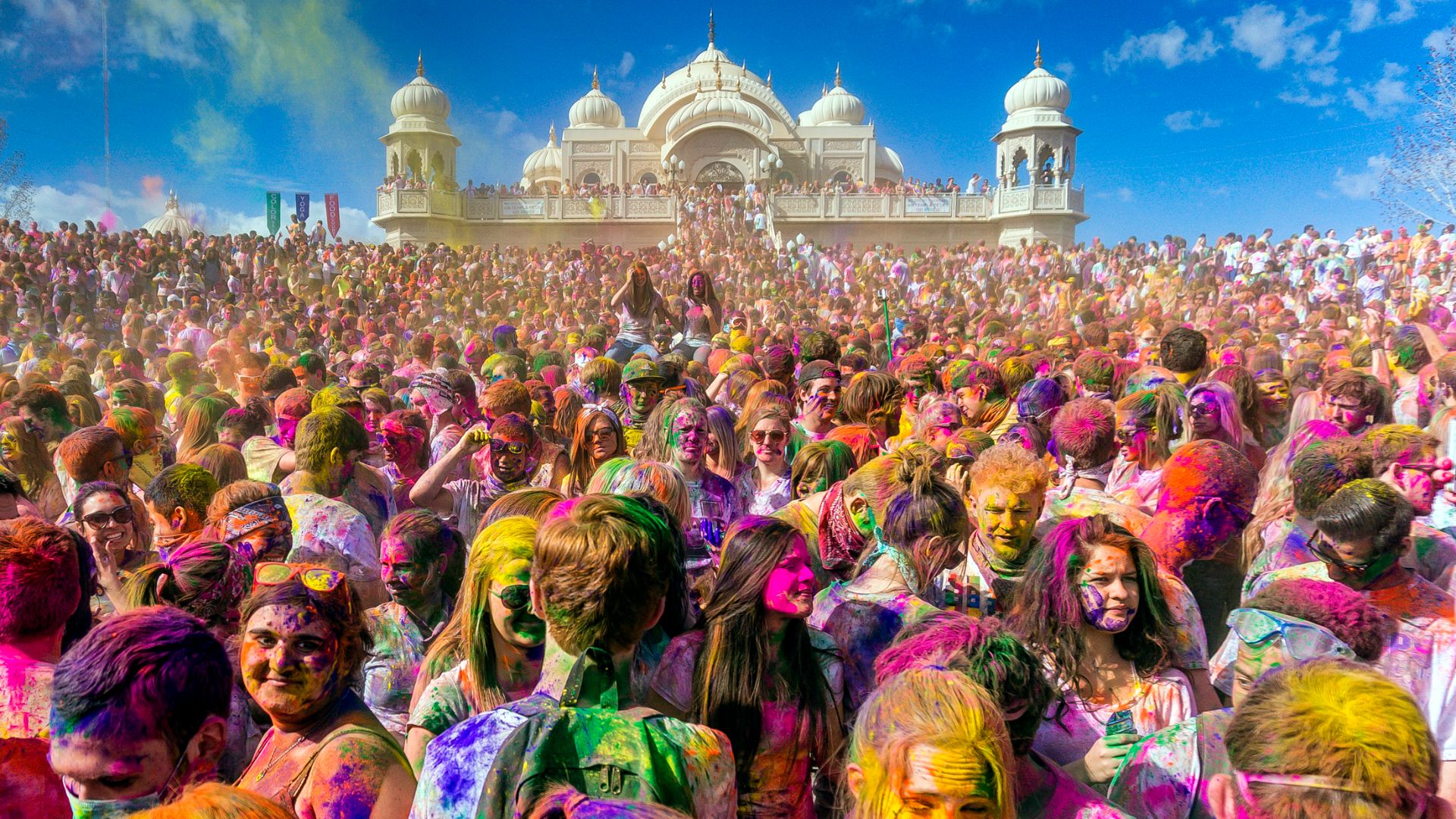 Steven Gerner, Wikimedia Commons
Steven Gerner, Wikimedia Commons
Venetian Mask Culture
In Venice, faces disappear behind elaborate carnevale masks. But did you know these disguises once served deeper purposes? From gambling nobles hiding debts to women attending political meetings incognito, masking meant power. The Bauta, with its blank stare and jawline veil, remains a favorite.
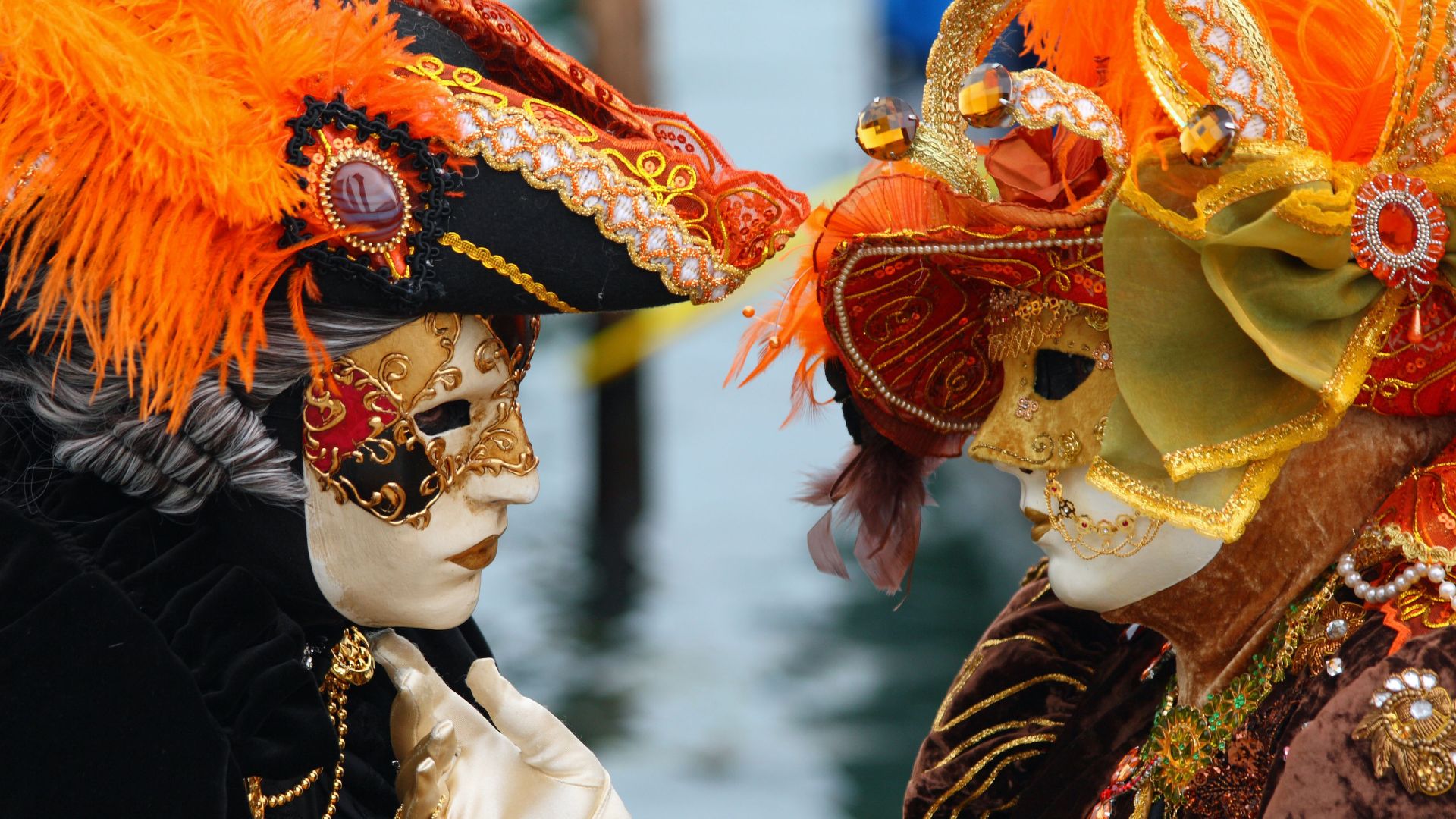 Frank Kovalchek from Anchorage, Alaska, USA, Wikimedia Commons
Frank Kovalchek from Anchorage, Alaska, USA, Wikimedia Commons
The Haenyeo Women Of Jeju Dives
South Korea’s Jeju Island hosts fearless grandmothers who free-dive 10 meters without oxygen. The Haenyeo, some in their 80s, harvest seaweed and shellfish like mermaids of the matriarchy. Their songs, heard before each dive, blend caution and courage. No machines. No men. Just lung power—and an ocean’s worth of wisdom.
Noh Theater Masks
A Noh mask, carved from cypress and aged with lacquer, doesn’t smile or frown but shifts with the angle of your gaze. Japan’s oldest theatrical form, Noh, trades movement for mood. One step, one sound, one whisper. Subtle? Sure. But behind the stillness, emotional avalanches await.
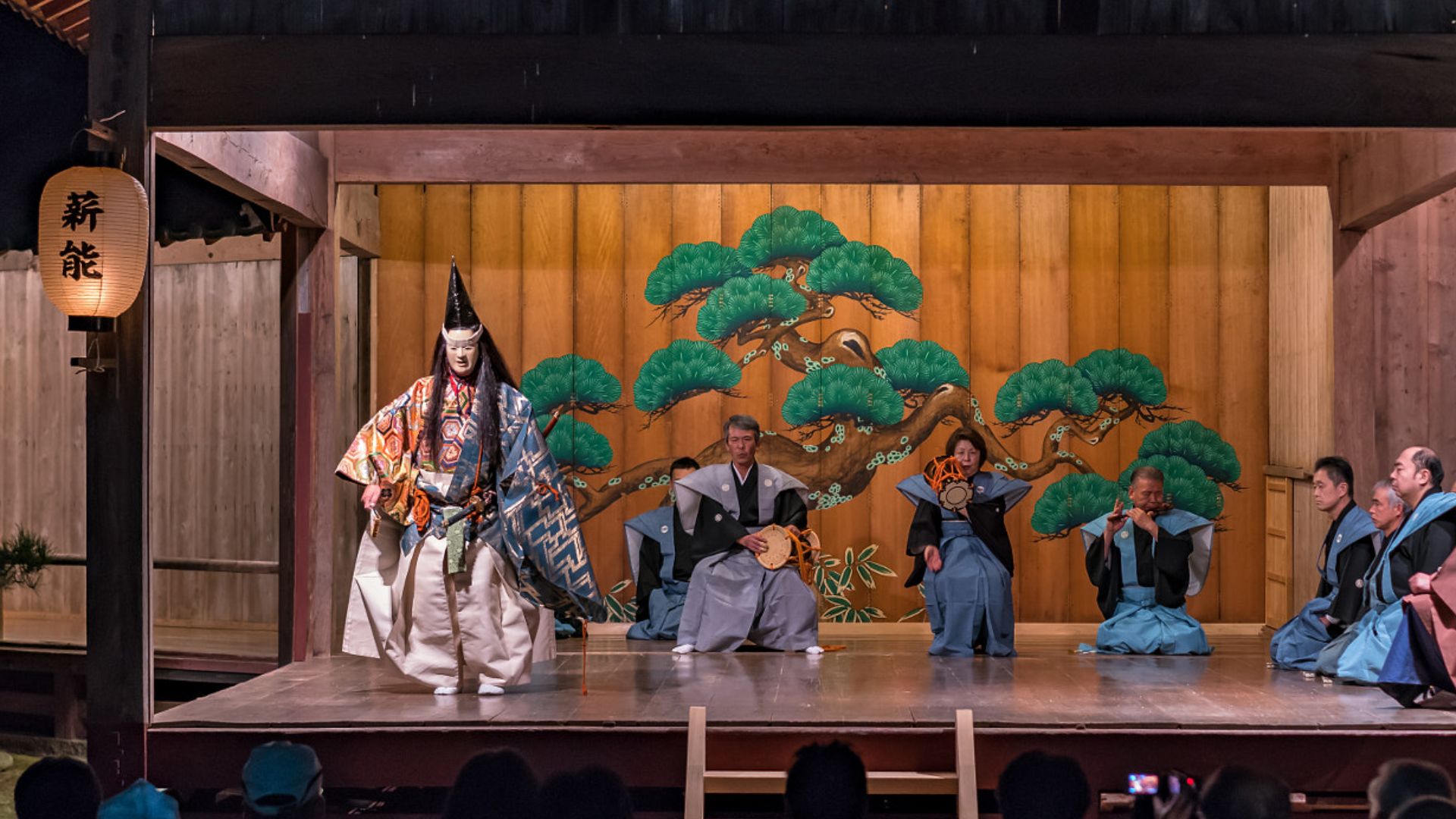 Yoshiyuki Ito, Wikimedia Commons
Yoshiyuki Ito, Wikimedia Commons
Ethiopia’s Coffee Ceremony
The traditional coffee ceremony unfolds slowly, with three rounds, fresh popcorn, and frankincense smoke curling skyward. Elders pour first. And children listen and laugh. This isn’t about caffeine—it’s communion. “Buna dabo naw,” they say—“Coffee is our bread”. Want to bond deeply? Just pass the jebena (coffee pot).
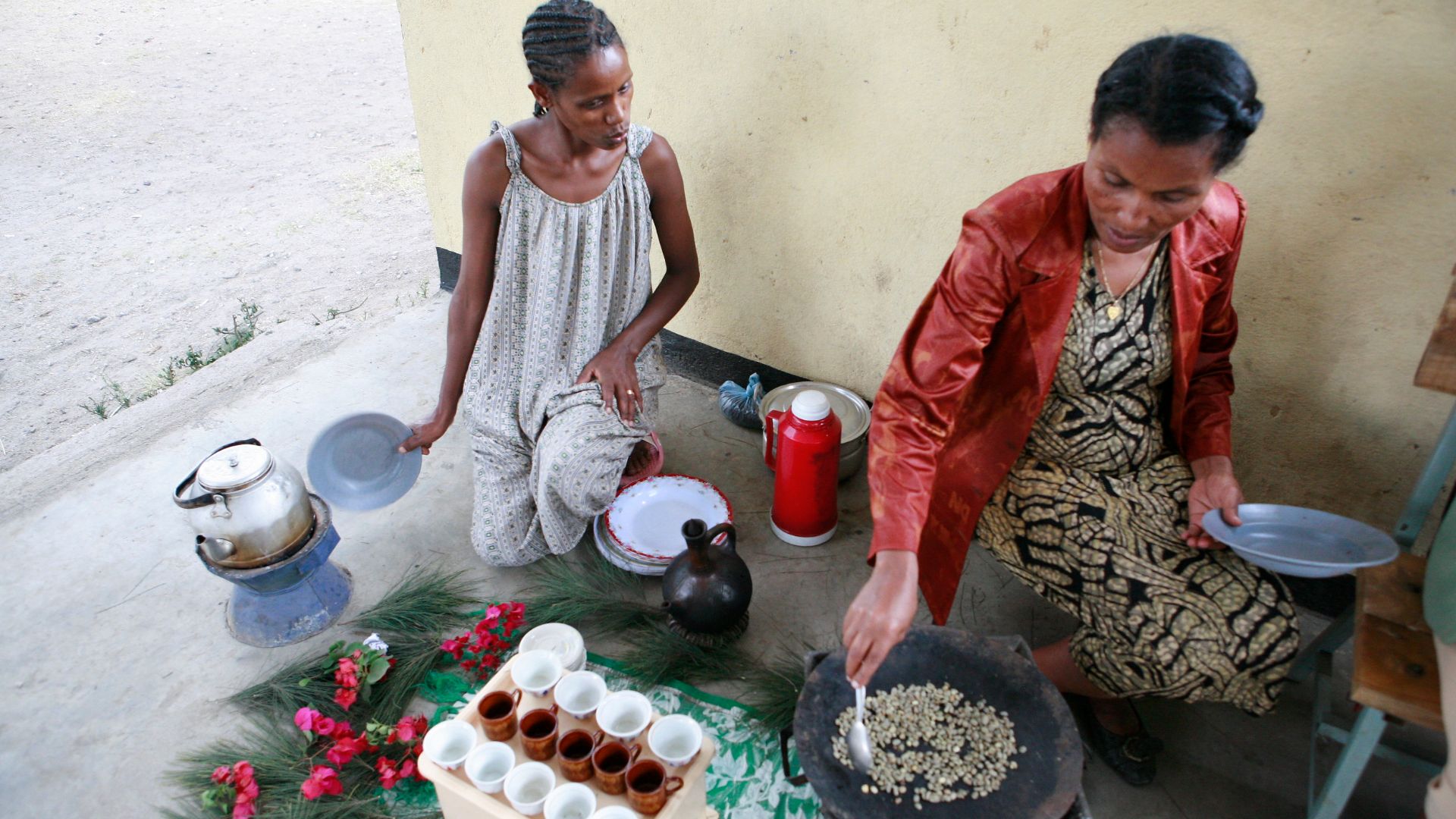 Steve Evans, Wikimedia Commons
Steve Evans, Wikimedia Commons
Chinese Shadow Puppetry
Behind a stretched cloth and an oil lamp, warriors and dragons come to life. Shadow puppetry in China dates back over 2,000 years. Artisans carve each puppet from donkey hide, painting them in radiant hues. These shows come in different forms, like Confucian parables and legends.
Zulu Reed Dance To Honor Purity
Just picture 20,000 young Zulu women dressed in vibrant beads dancing and singing for their king. The Umkhosi woMhlanga, or Reed Dance, celebrates purity, unity, culture, and community. Each maiden carries a reed, symbolic of family connection.
French Guignol Puppetry
Created in Lyon during the 1800s, Guignol may look cute, but he’s got a sharp tongue. With working-class wit, this glove puppet mocks everyone, including politicians, bosses, leaders, and greedy landlords. It's basically Punch & Judy, but with baguettes. If you want satire served with slapstick, let Guignol sock it to power.
The Basotho Blanket
Worn like royalty, this blanket is Lesotho’s woven identity. Introduced by European traders, reinterpreted by the Basotho people, and honored by kings, each color and motif symbolizes heritage, wealth, tradition, sacred oaths, or life events. This piece is definitely history stitched in thread.
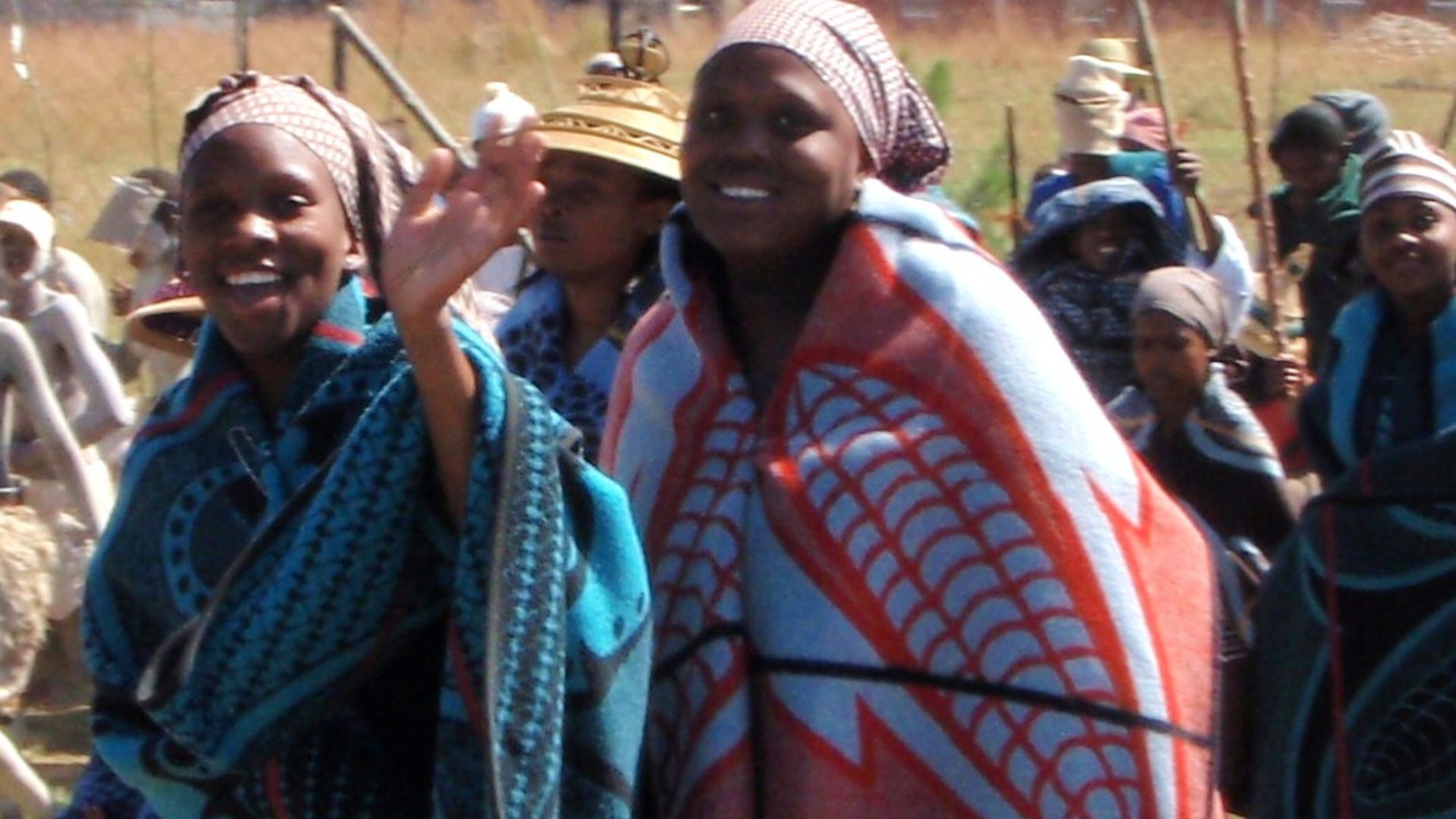 VirtualSteve, Wikimedia Commons
VirtualSteve, Wikimedia Commons
Balinese Cremation Ceremonies
Towering bade funeral structures sway down Ubud’s roads like mythical ships, carrying souls to liberation. Balinese Hindus celebrate release as they mourn. Gamelan orchestras clash with chants, the pyre explodes, and with this, rebirth begins. Death here is a festival of fire and rebirth.
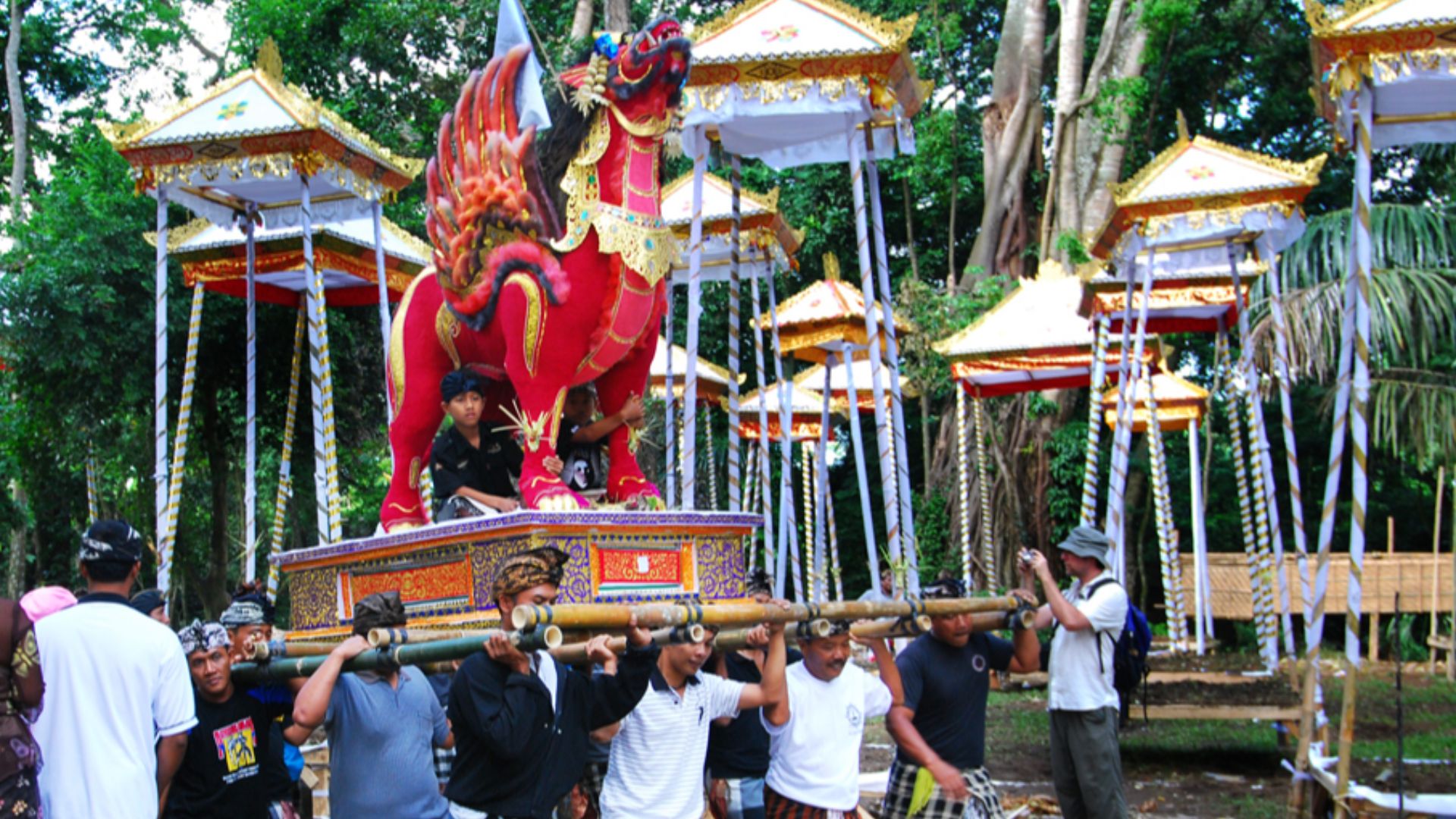 William Cho, Wikimedia Commons
William Cho, Wikimedia Commons
Tibetan Mandalas
Grains of colored sand trickle into intricate geometric patterns, often taking monks days—or weeks—to complete. But here’s the kicker: when it’s done, they sweep it away. Why? Impermanence. The Kalachakra Mandala reminds you that nothing lasts, not even beauty. Now ask yourself—could you let go of something so perfect?
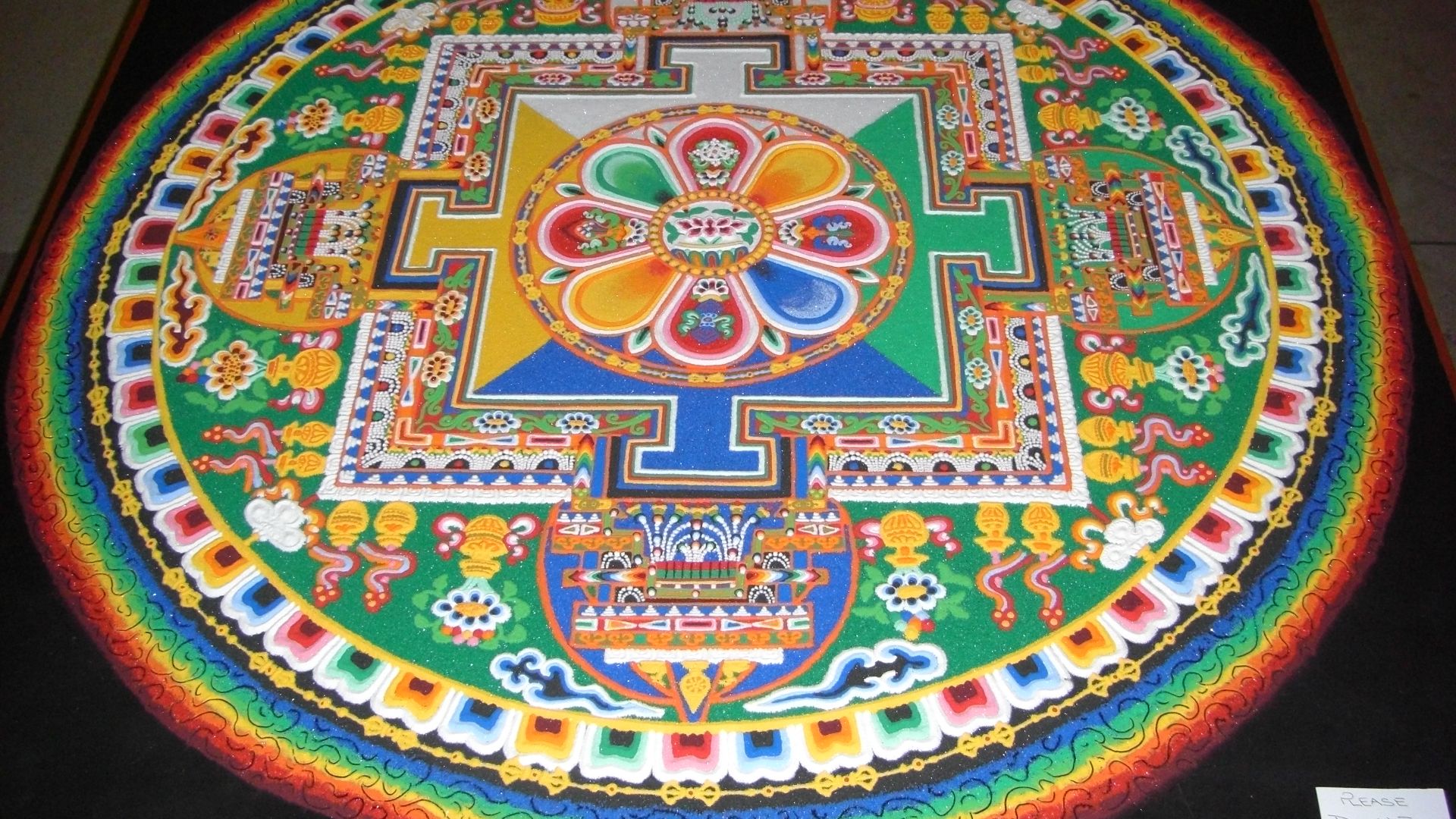 The original uploader was Colonel Warden at English Wikipedia., Wikimedia Commons
The original uploader was Colonel Warden at English Wikipedia., Wikimedia Commons
Mongolian Throat Singing Dances With Harmonics
Can one human voice sing two pitches at once? In Mongolia, absolutely. Khoomei singers manipulate overtones until it sounds like a flute’s ghost is hiding inside their chest. Herdsmen use it to mimic the wind and call animals. No wonder it’s UNESCO-listed.
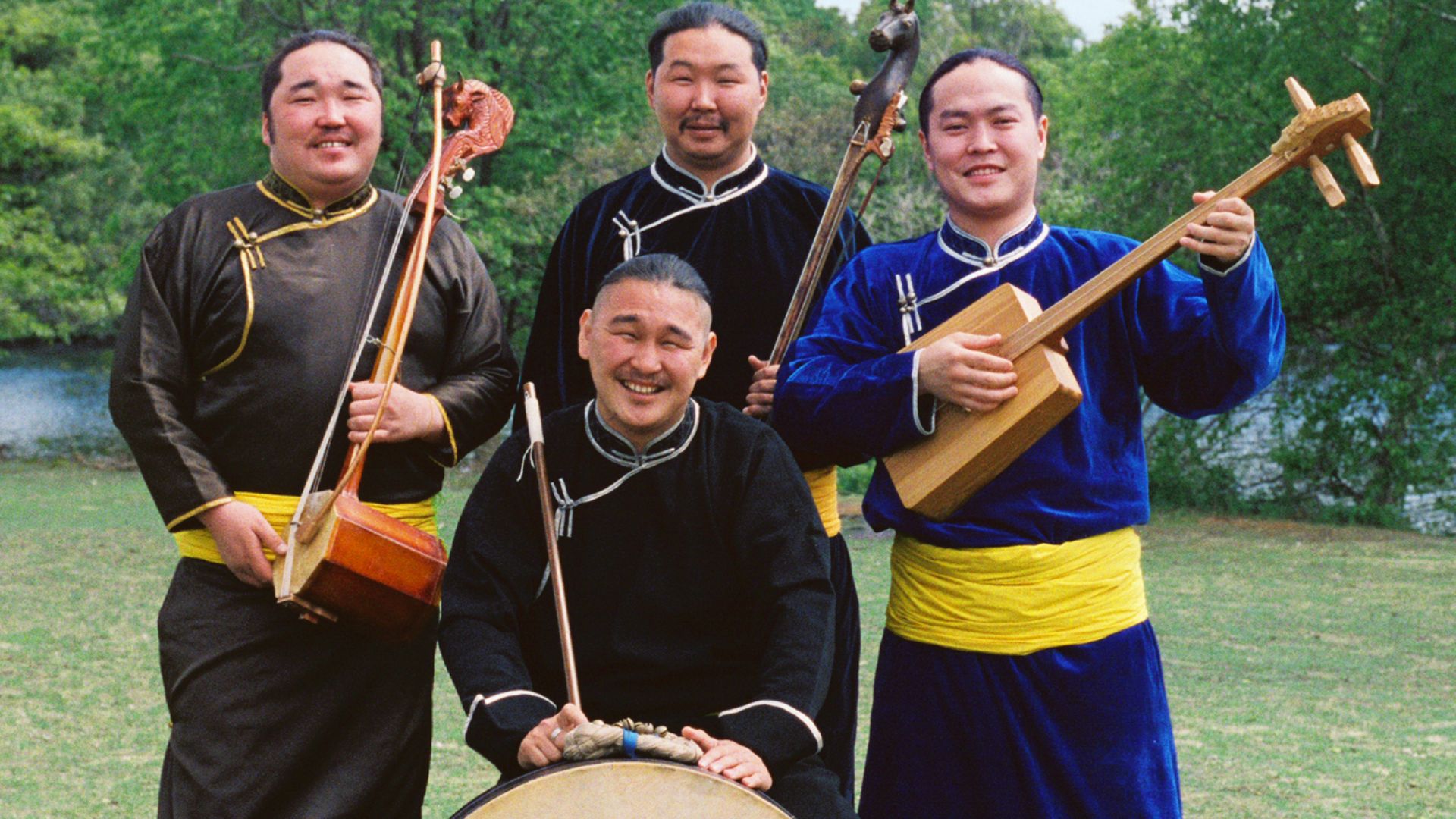 Johanna Kovitz, Wikimedia Commons
Johanna Kovitz, Wikimedia Commons
Laotian Sticky Rice Culture
In Laos, sticky rice (khao niao) is the national identity. Eaten with fingers, carried in bamboo baskets, and central to every meal, it even appears in religious offerings. “Where there’s sticky rice, there’s home,” locals say. It glues families together, literally.
Ukrainian Pysanky Eggs
Forget Easter bunnies; Ukraine’s real star is the pysanka, a wax-resist dyed egg covered in folk motifs. Each symbol—deer, sun, wheat—tells ancestral tales. Even though it was banned during Soviet times, the tradition survived underground, and today, artists spend hours with a candle, stylus, and dye.
Aboriginal Dot Paintings
From above, it looks abstract, but when you look closer, those dots mark trails, waterholes, and dreamtime myths. Aboriginal Australians use dot painting as a cultural memory and spiritual map. The paint colors and shapes are whispered codes. You don’t just look at the canvas; you read it.
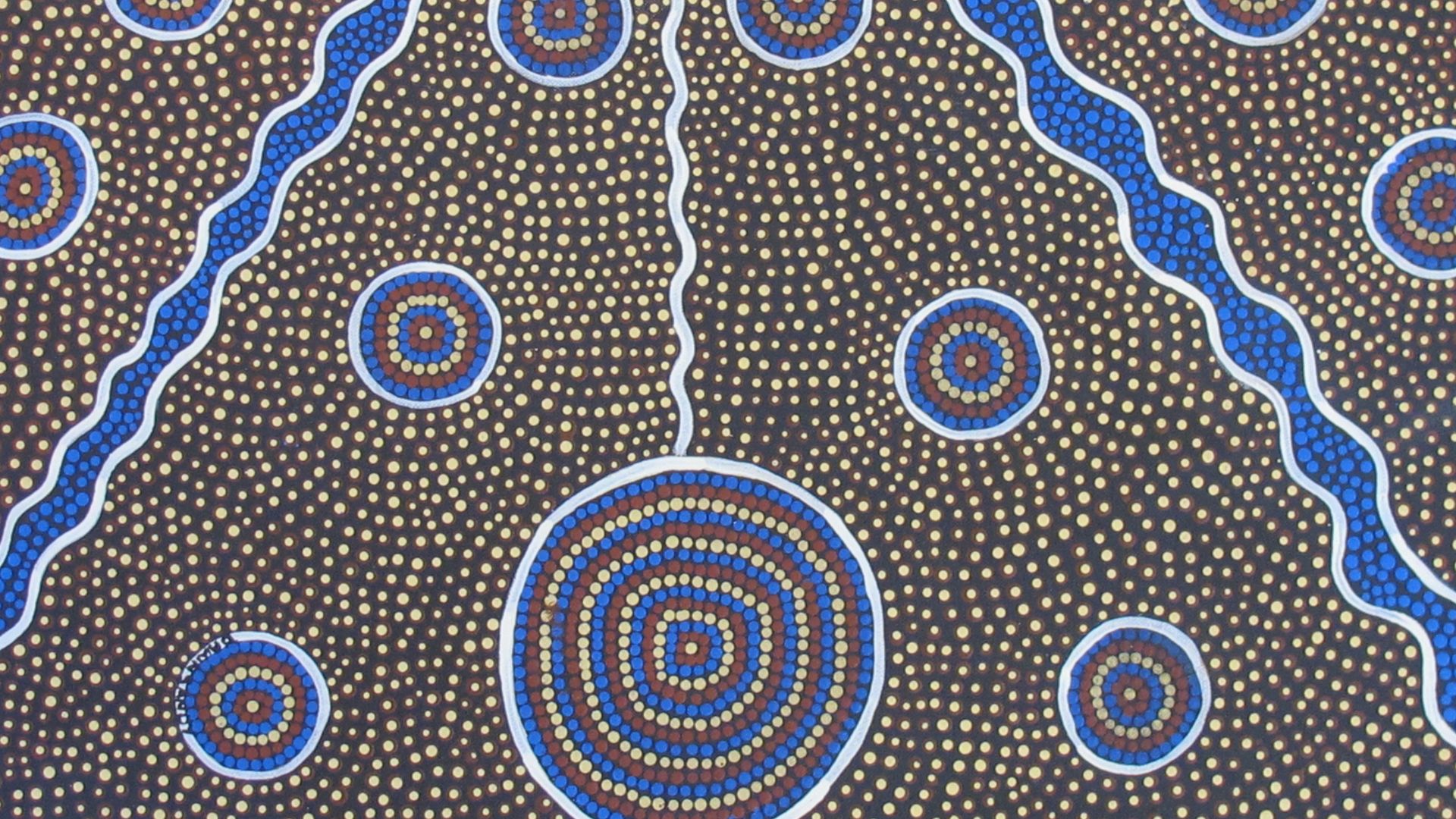 Esther 1721 https://pixabay.com/nl/users/esther1721-534895/, Wikimedia Commons
Esther 1721 https://pixabay.com/nl/users/esther1721-534895/, Wikimedia Commons
Georgian Polyphonic Singing Weaves
Three voices, no instruments, dissonance, then resolution. Georgian polyphony sounds like a mountain summit in sound, with harsh winds of harmony followed by sunlight. These sounds are so harmonious that UNESCO declared it a masterpiece of oral heritage.
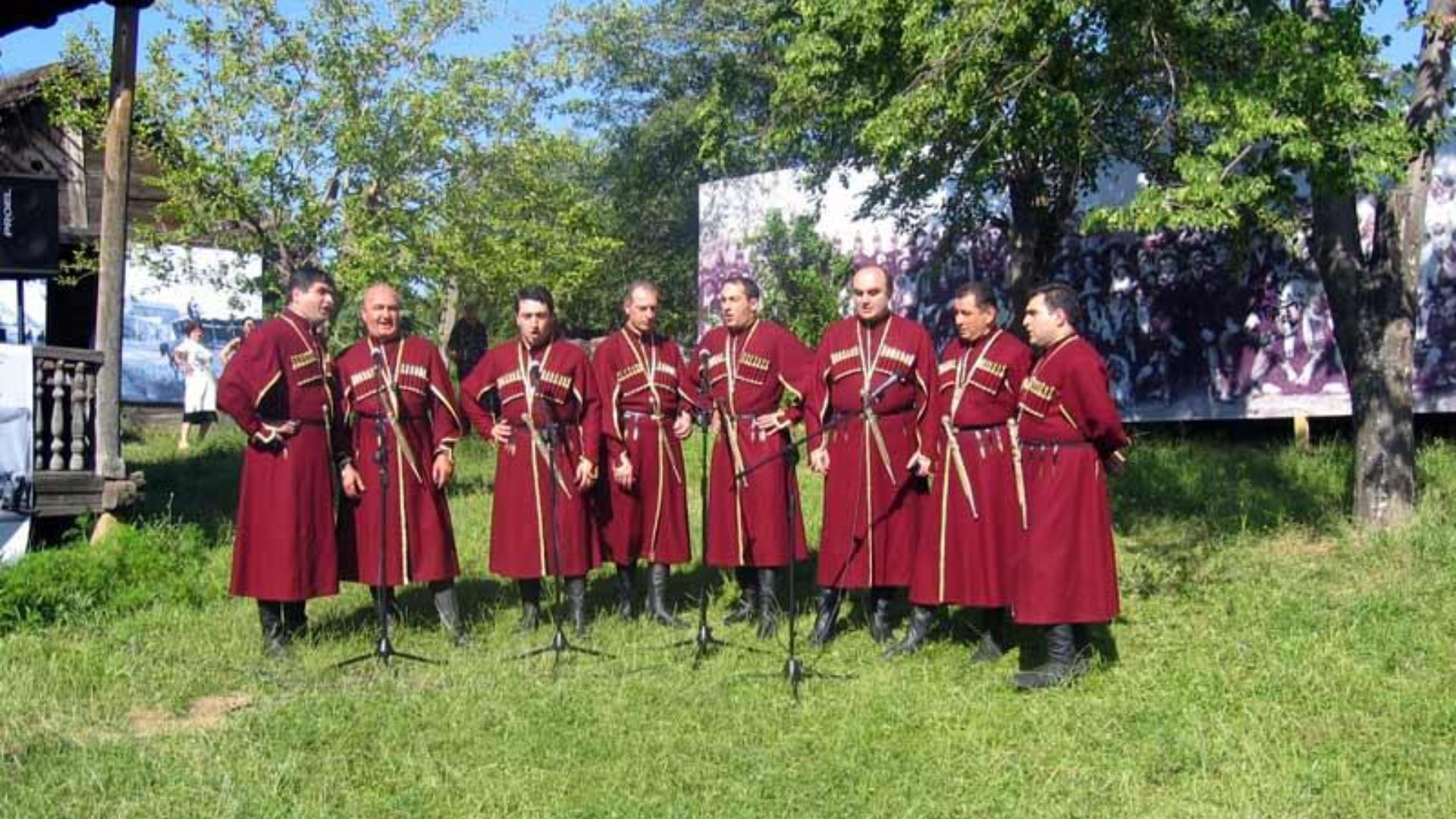 US embassy to Georgia, Wikimedia Commons
US embassy to Georgia, Wikimedia Commons
Thai Khon Masks
Dancers move like statues waking up. Thailand’s masked dance-drama, Khon, enacts the Ramayana in a Thai style. Hanuman, the monkey god, flirts, and Sita is both divine and defiant. Performed only by men for centuries, now women don masks, too.
Finnish Sauna Culture
For Finns, saunas are a lifeline. With over 3 million saunas for 5.5 million people, even parliament has one. Step inside, toss water on stones, take it all in, and exhale. Unclothed and hot, it’s where Finns do business or bond. When you get here, don’t talk too much.
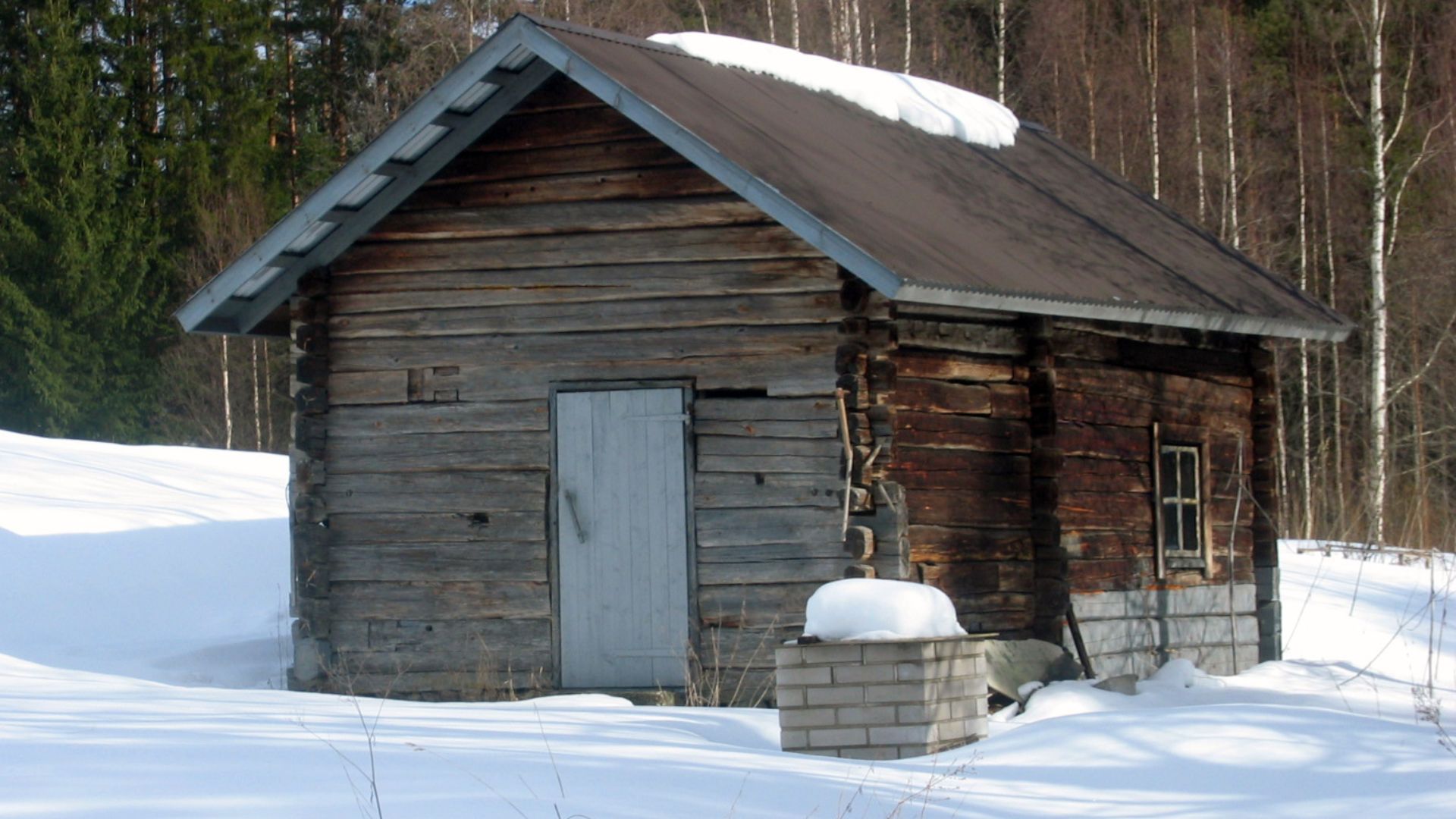 Uploaded by SM, Wikimedia Commons
Uploaded by SM, Wikimedia Commons
Commedia Dell’arte
Italy’s 16th-century street performers shaped the sitcom characters we still recognize today. Meet Arlecchino, the mischievous trickster; Il Dottore, the pompous know-it-all; and Colombina, sharp-tongued and clever. With improvised plots and biting social satire, Commedia dell’arte made culture both portable and timeless.
Andean Quipus
Imagine tracking tax records without writing. The Inca did that with quipus. These strung, knotted devices recorded everything from census data to food stores. Here, the color, knot position, and length all mattered. “Talking knots,” they called them. Paper fades and ink smudges, but quipus endured in fiber.
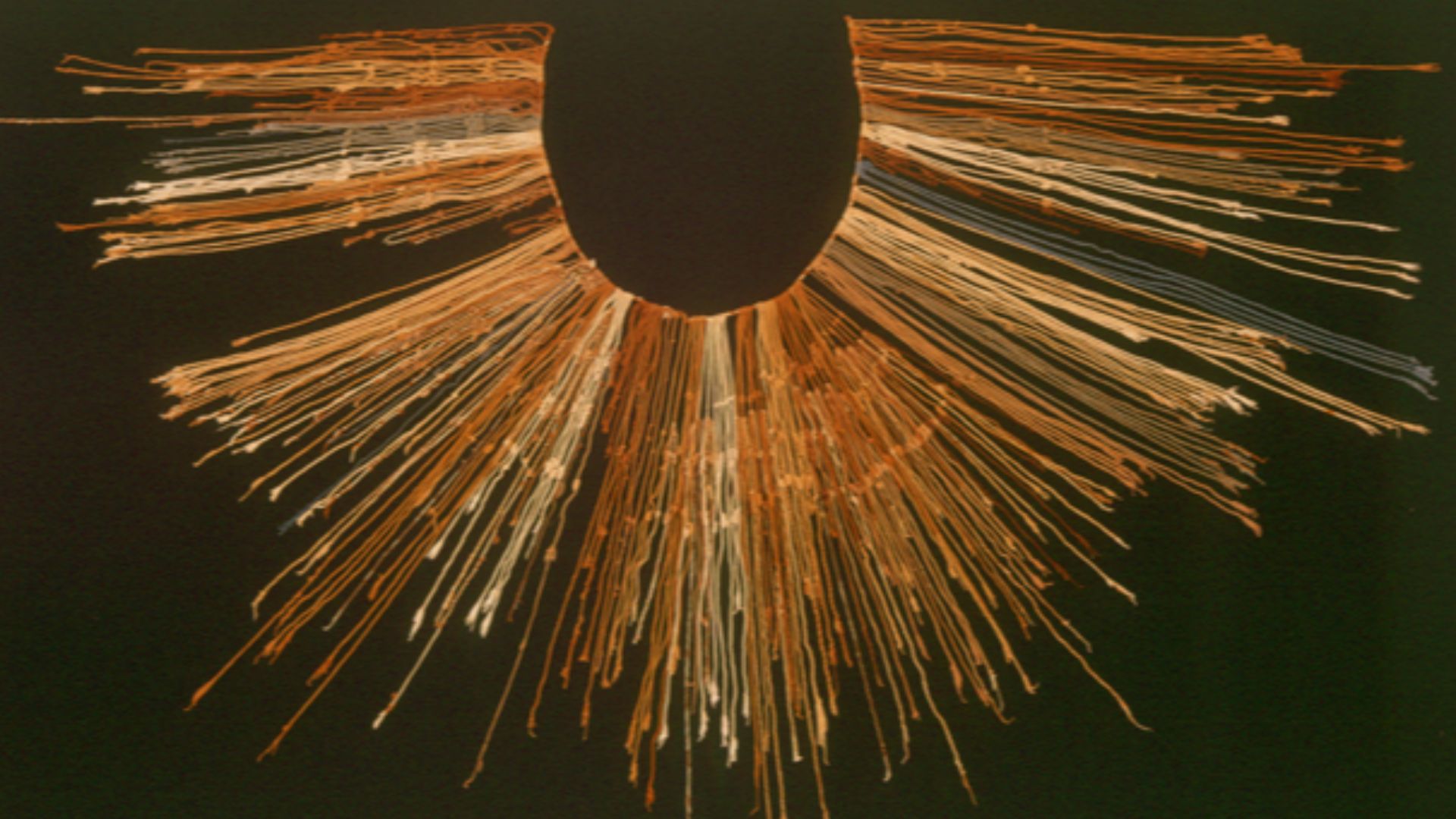 Claus Ableiter nur hochgeladen aus enWiki, Wikimedia Commons
Claus Ableiter nur hochgeladen aus enWiki, Wikimedia Commons
Bulgarian Horo Dances
Line up, grab hands, and try not to trip. This is Horo, Bulgaria’s traditional circle dance. Each region adds its own twist, from lightning-fast footwork to the wail of an accordion. You’ll sweat and maybe even fall. However, you won’t feel alone.
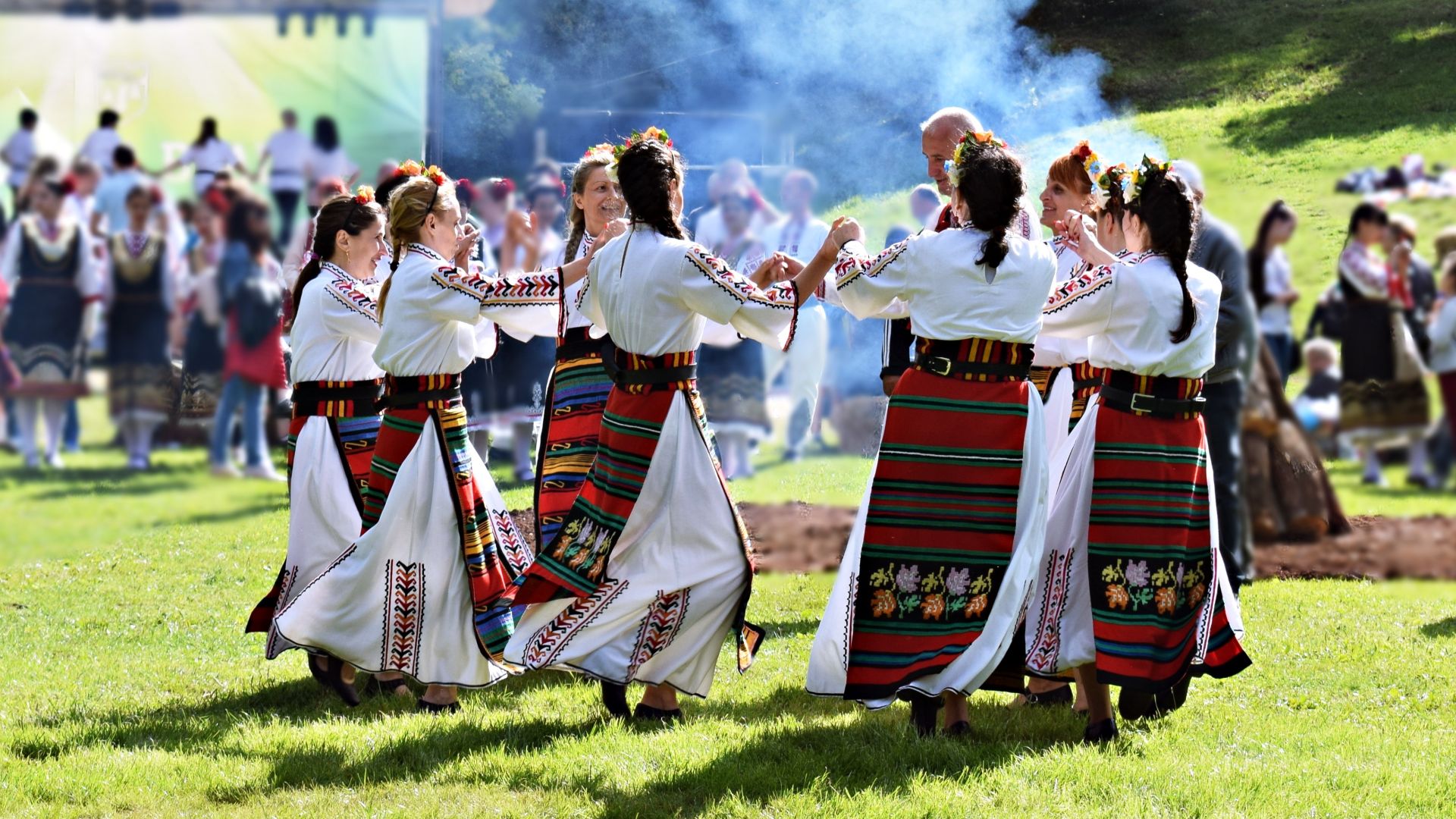 VasilPetrov92, Wikimedia Commons
VasilPetrov92, Wikimedia Commons
Iranian Miniature Art
Blink, and you’ll miss it, but lean in, and you’ll find entire empires rendered in brushstrokes smaller than rice grains. Iranian miniatures blend Persian poetry and Sufi mysticism. Each tiny figure gestures toward metaphors. These paintings murmur, so you have to listen closely.
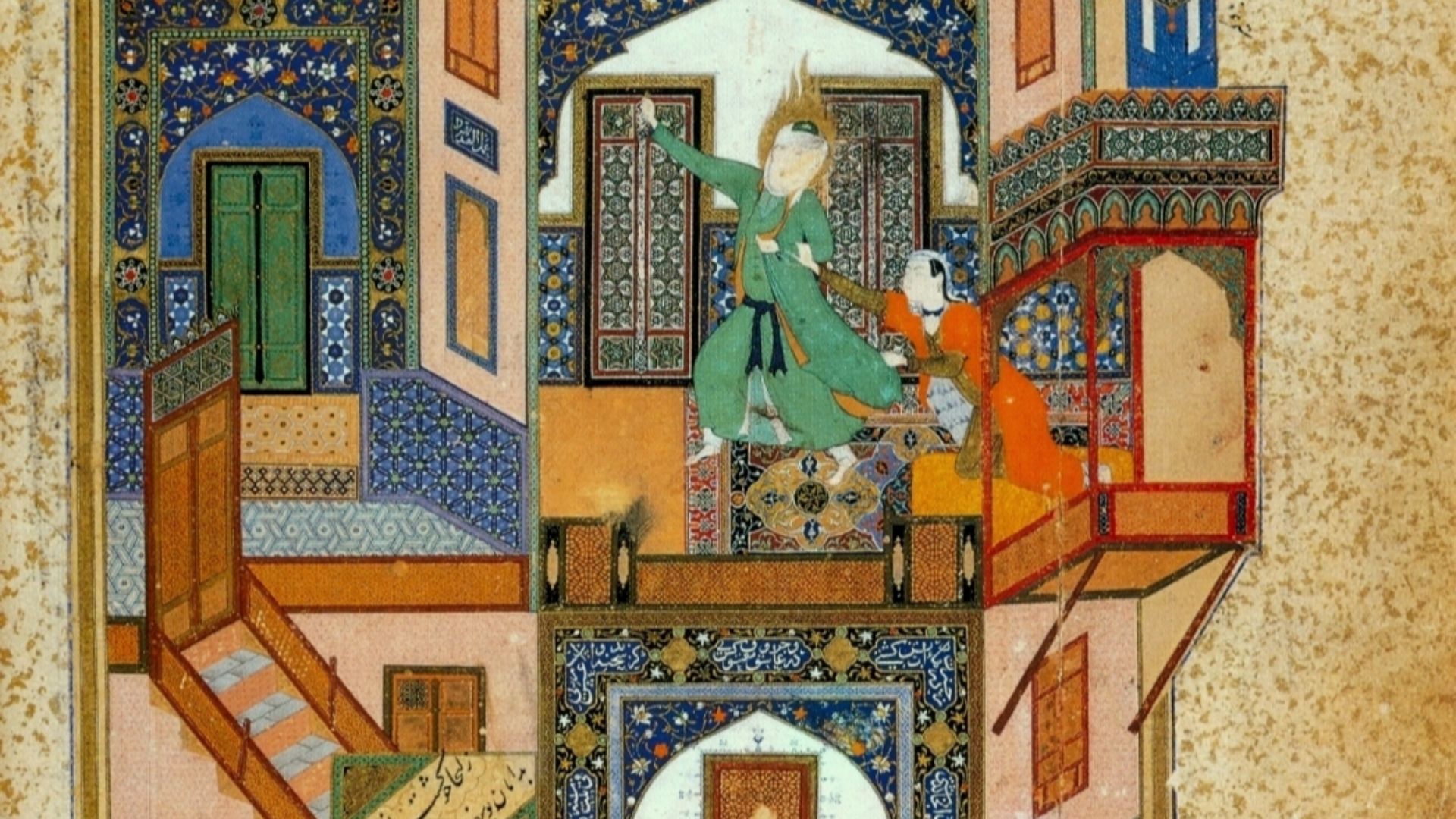 Kamal ud-Din Behzad, Wikimedia Commons
Kamal ud-Din Behzad, Wikimedia Commons
Papua New Guinea’s Sing-Sing
There are over 800 tribes and 800 languages, and at the annual Sing-Sing, they all come together. Feathers flare, drums pound, colorful costumes are worn, and painted warriors chant in kaleidoscopic harmony. The Huli wear human hair wigs, and the Asaro cover their faces in ghost-white clay.
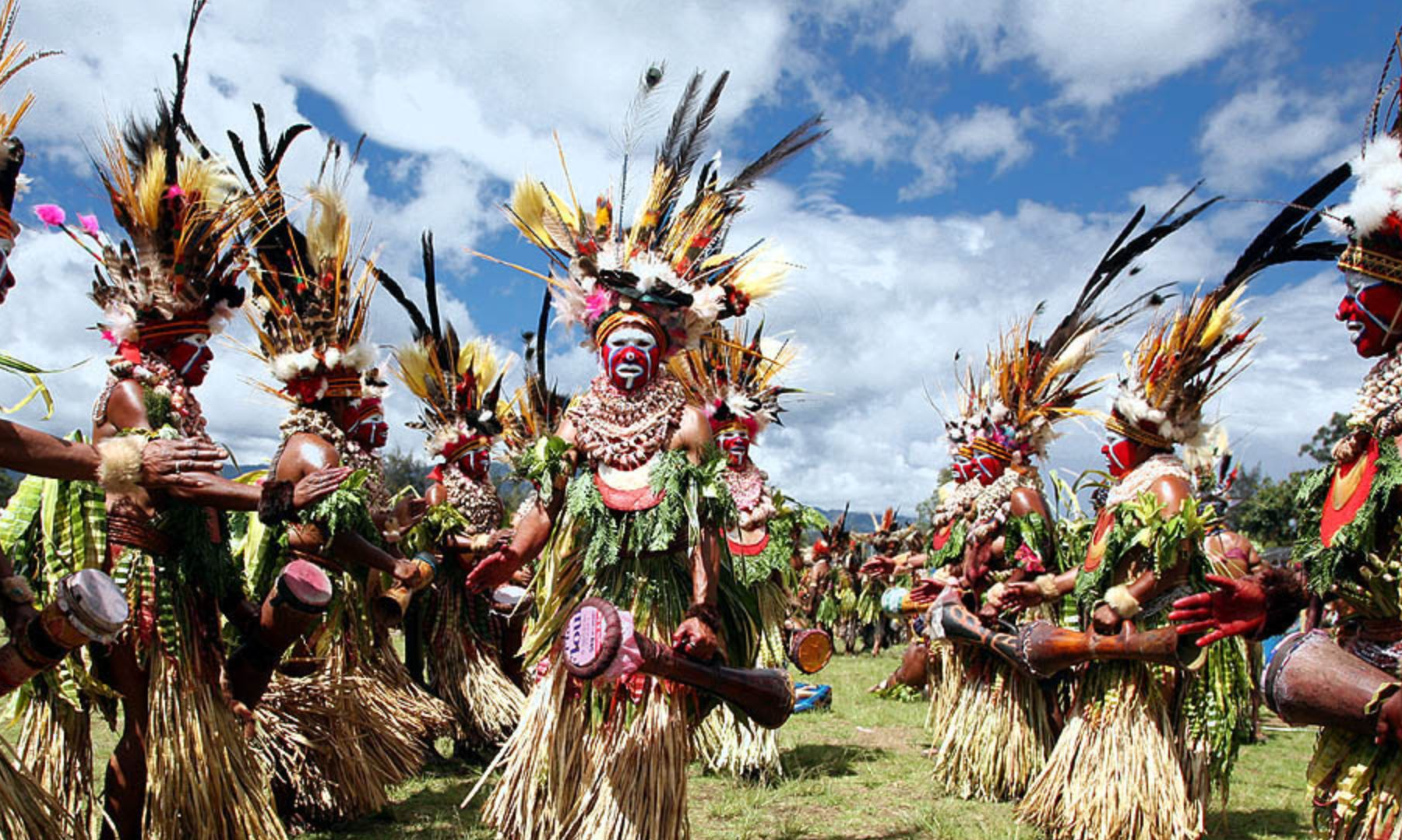 Jialiang Gao (peace-on-earth.org), Wikimedia Commons
Jialiang Gao (peace-on-earth.org), Wikimedia Commons
The Kalasha Festivals
In Pakistan’s remote Chitral Valley, the Kalasha people celebrate Chilimjusht, spring’s arrival, with grape wine, goat feasts, and sacred chants to Balumain, a horned god of plenty. Dressed in black robes with rainbow beads, they dance in circles in a fashion passed down for millennia.
Indonesian Wayang Kulit
A leather puppet and hours of hypnotic narrative define Wayang kulit. This shadow puppet show is one of political satire, religious lessons, morals, and real-life drama. The dalang (puppeteer) voices dozens of characters while manipulating shadows with pinpoint skill. Some shows last eight hours.
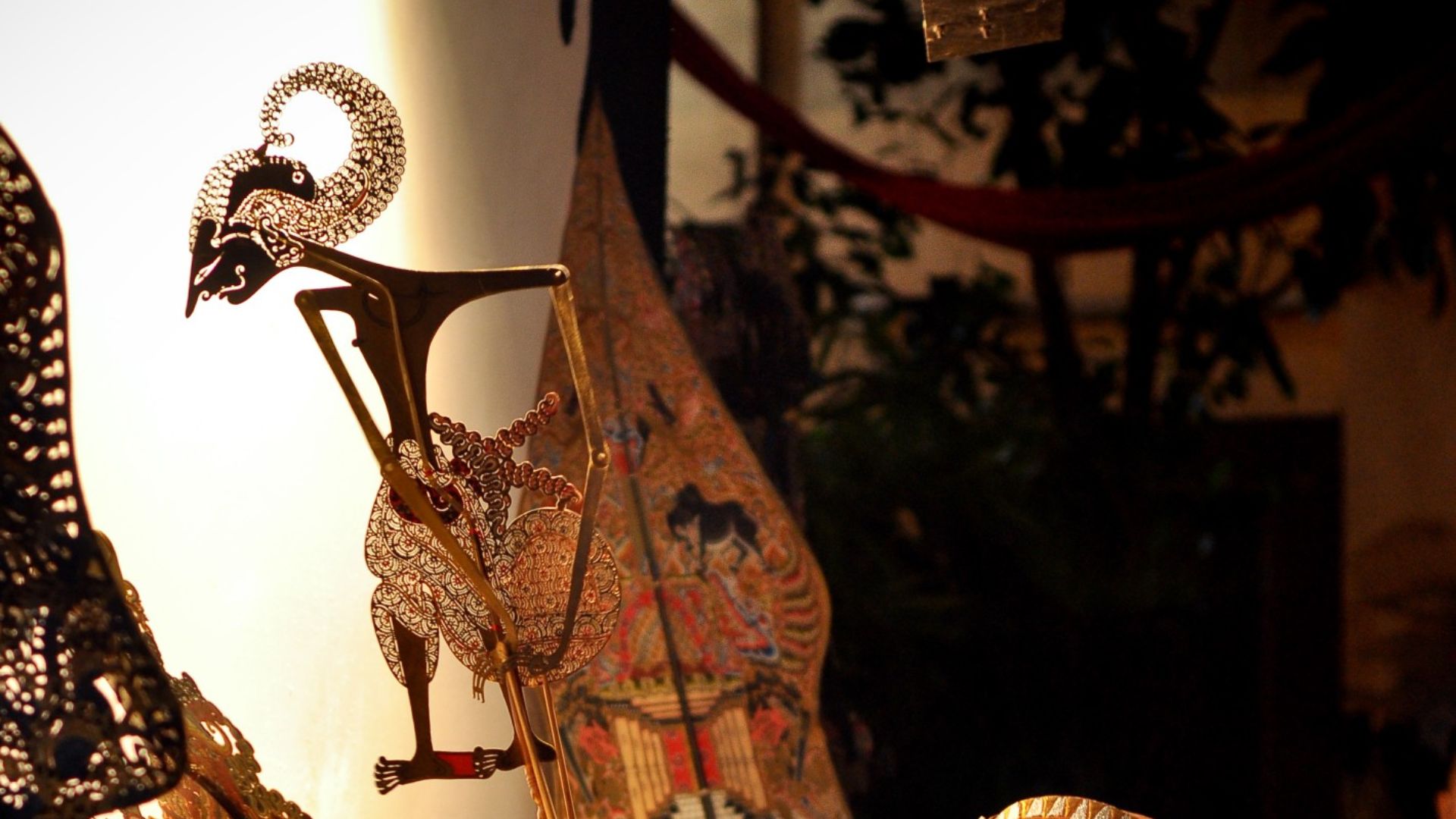 Badroe Zaman from Semarang, Central Java, Indonesia, Wikimedia Commons
Badroe Zaman from Semarang, Central Java, Indonesia, Wikimedia Commons
Himba Red Ochre Rituals
In Namibia, the Himba women cover their skin with a paste of butterfat and red ochre—otjize. More than beauty, it protects from the sun, signals status and identity, and connects to their ancestors. The red hue reflects the earth and blood, which are both life-giving forces in Himba cosmology.
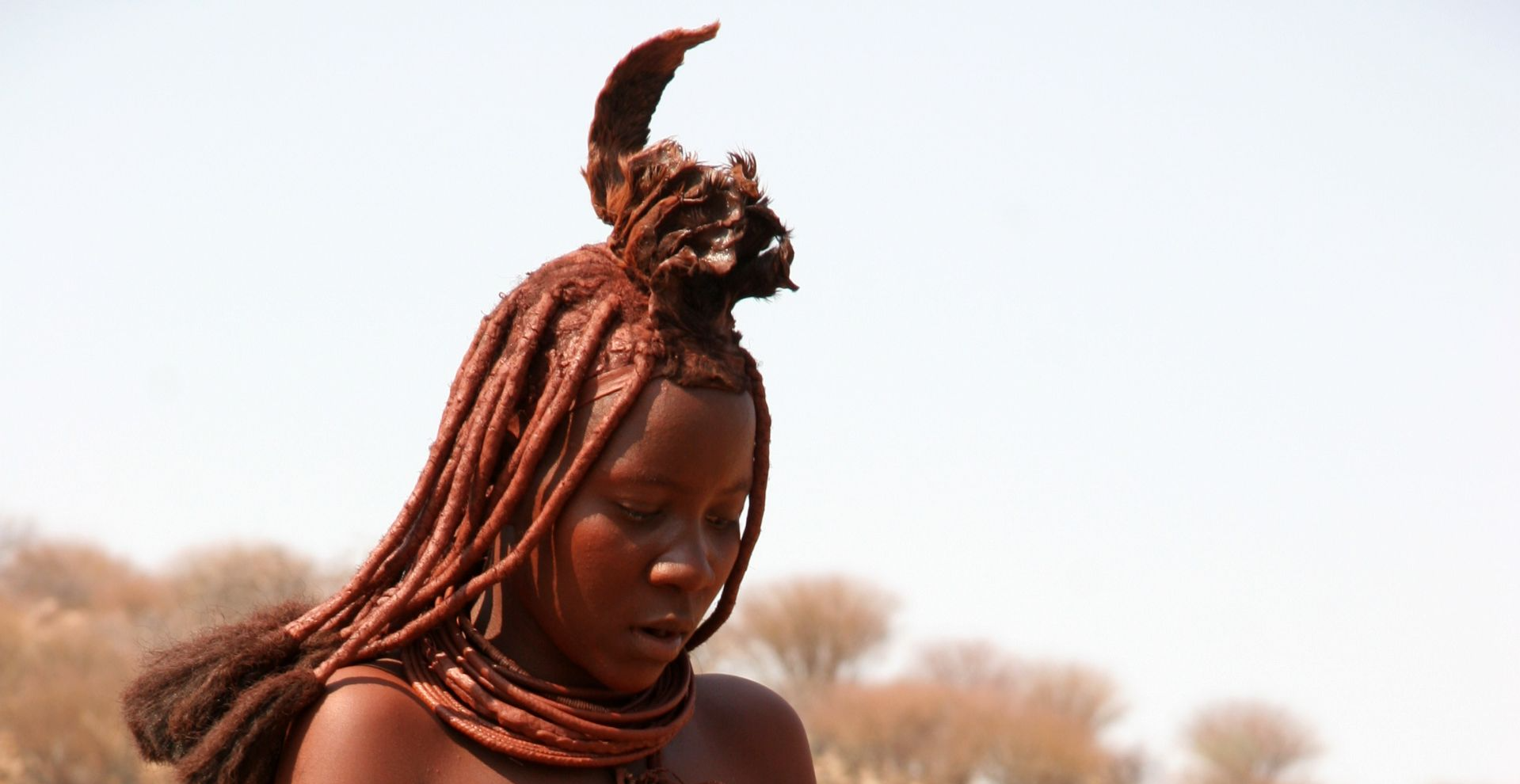 Yves Picq http://veton.picq.fr, Wikimedia Commons
Yves Picq http://veton.picq.fr, Wikimedia Commons
The Jewish Passover Seder
Each item on the seder plate tells a tale: bitter herbs for slavery, sweet charoset for hope, a lamb bone for sacrifice, and a roasted egg for mourning and renewal. Jews gather worldwide during Passover to remember the Exodus when the Israelites left Egypt.
Sami Reindeer Herding Traditions
The Sami people still move above the Arctic Circle with the snow. Dressed in gakti, they herd reindeer across tundra trails carved by generations. Snowmobiles might replace skis, but joik songs and ancestral routes remain. Each herd tells a family’s legacy in hoofprints.
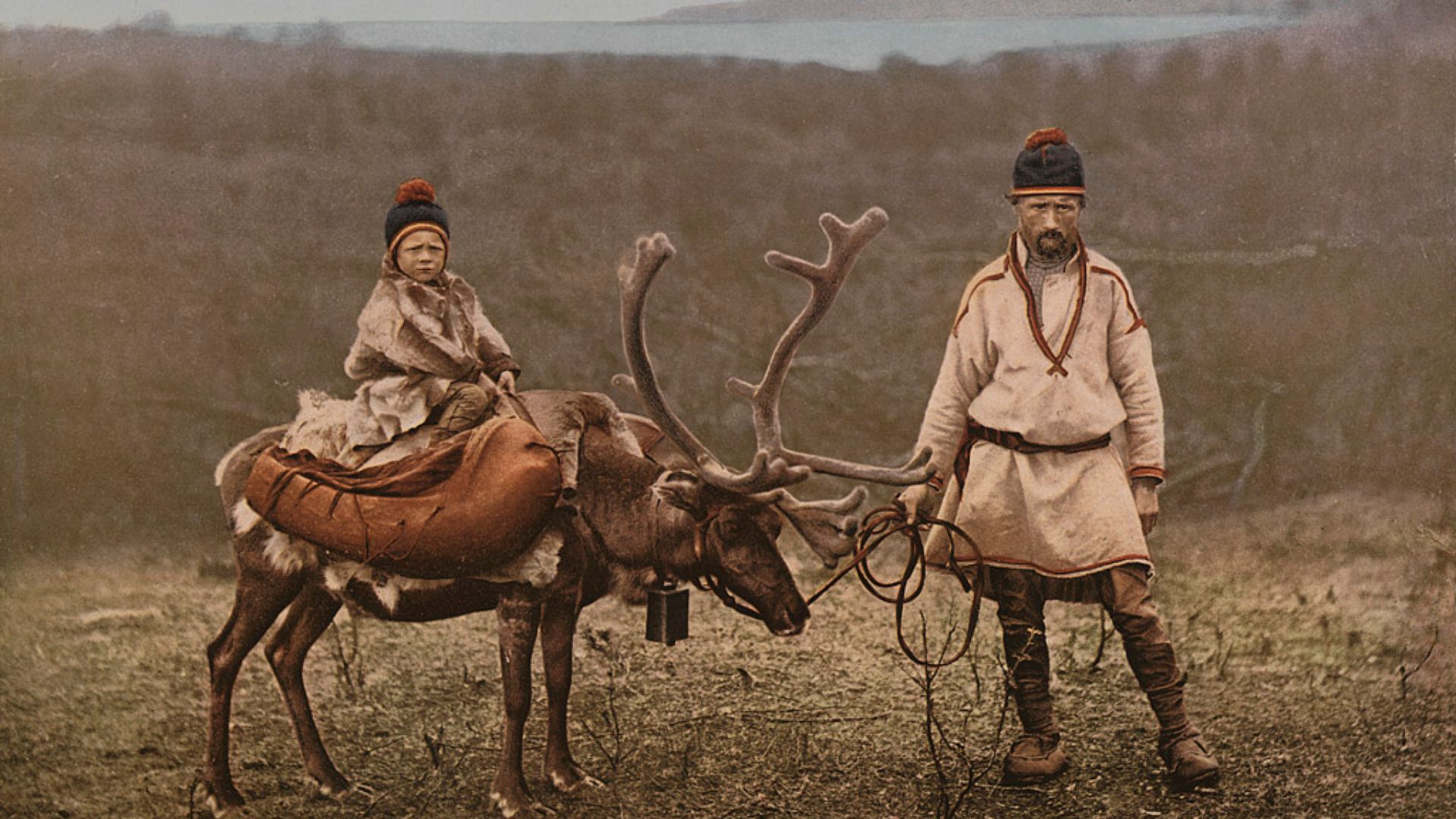 Nasjonalbiblioteket from Norway, Wikimedia Commons
Nasjonalbiblioteket from Norway, Wikimedia Commons
Balti Polo In The Himalayas
Forget stadiums. In Pakistan’s Gilgit-Baltistan, polo is played on rocky mountain fields at 12,000 feet. They play with raw skill and ancient rivalry. The Shandur Festival draws crowds to this high-altitude horse ballet, where thunderous hooves echo tradition with every pass and swing.
Maori Haka’s Fierce Storytelling
Eyes widen, tongues lash, chests beat in rhythm, and feet stomp confidently. Maori tribes in New Zealand use it to honor ancestors, welcome guests, or challenge opponents at big games. Its stomps and shouts are poetry in motion, reminding you that language isn’t always spoken.
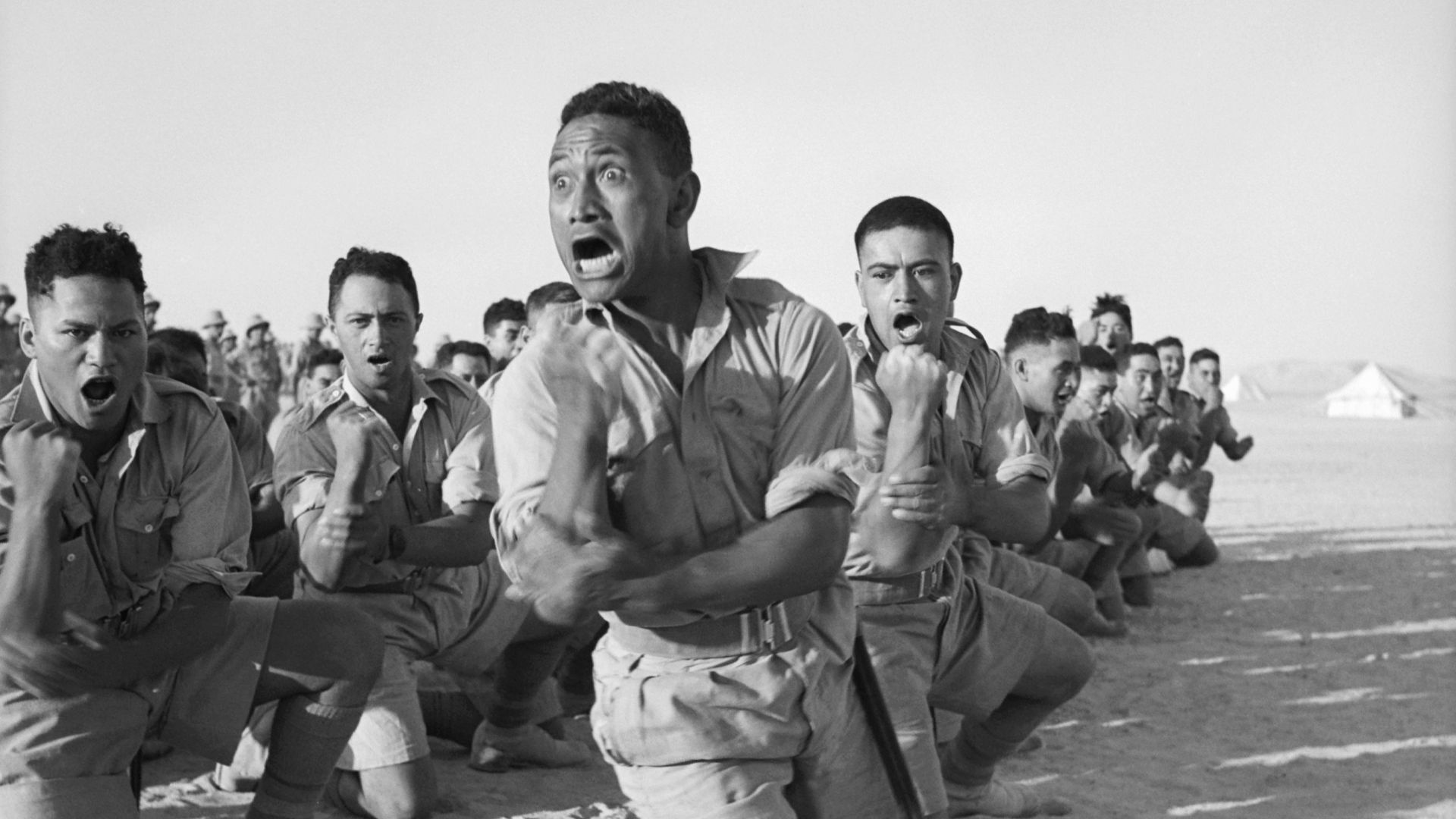 Unidentified New Zealand official photographer; Restoration by Adam Cuerden, Wikimedia Commons
Unidentified New Zealand official photographer; Restoration by Adam Cuerden, Wikimedia Commons
Portuguese Azulejos Tile Art
In Lisbon, walls sing in blue and white. Azulejos, ceramic tiles born from Moorish art, line churches, homes, and train stations with scenes of saints and everyday life. They are Portugal’s diaries written in porcelain, which are also getting increasingly popular.
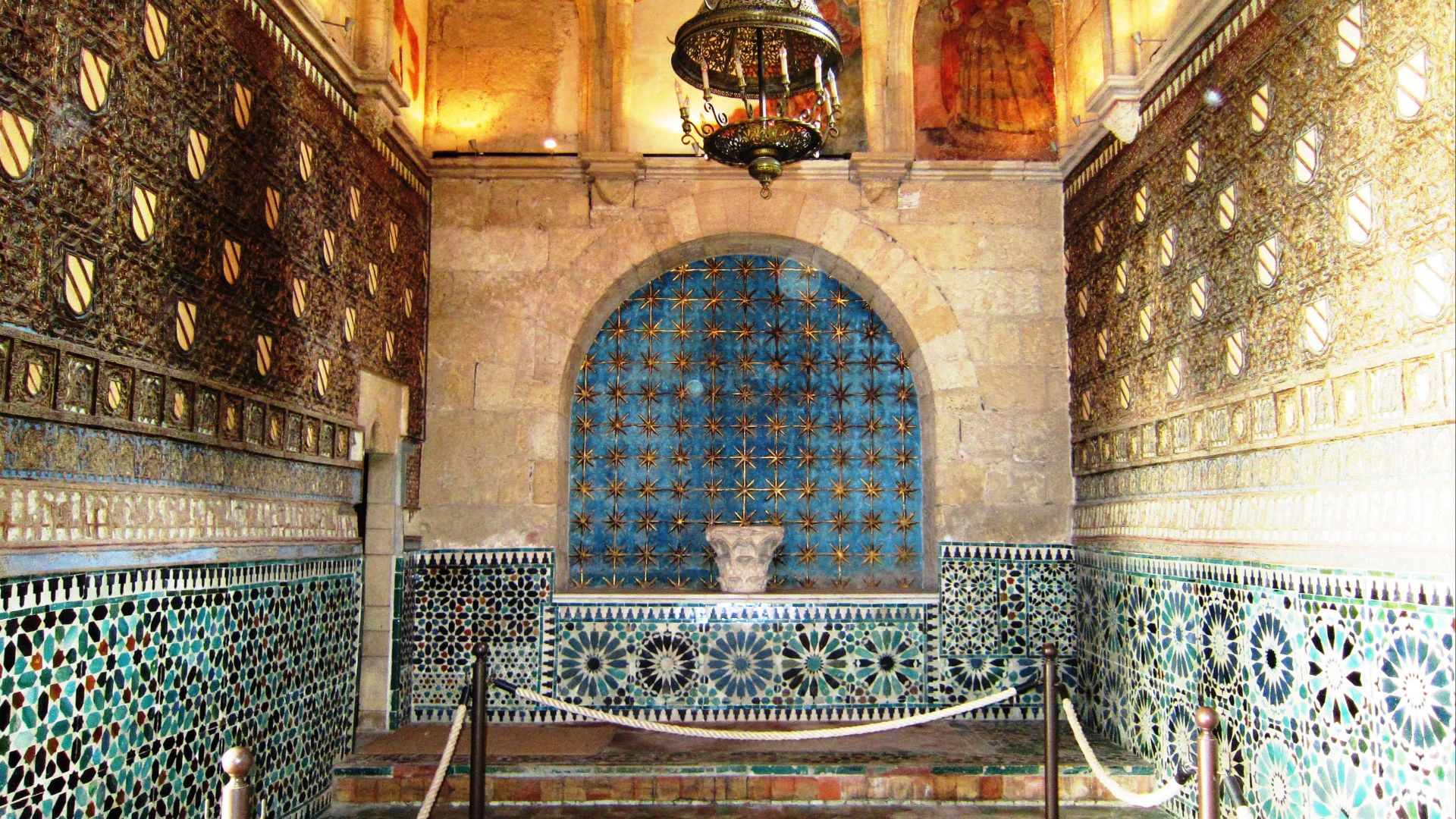 Martin Furtschegger, Wikimedia Commons
Martin Furtschegger, Wikimedia Commons
Flamenco’s Fiery Duende
In a dark Sevillian tavern, a dancer stamps the floor like thunder. Flamenco, born of Spanish Gypsy soul, is guitar and guttural cry all at once. Duende—raw emotional power—surges through each spin, heel-stomp, and sorrow-laced song. It’s pain and pride dancing cheek to cheek.
Native American Powwows
Drumbeats pulse like heartbeats under feathered bustles and beaded regalia. At powwows, tribes across North America gather to dance, sing, compete, and remember. When they move, they honor spirits and the land. This is sovereignty in motion.
Korean Hanbok Dress Revival
Once royal garb, now with a modern flair, the hanbok is back. With vibrant silks and billowing sleeves, this traditional Korean attire is gracing streets, weddings, and even Instagram. What was old is new again, reminding wearers that elegance doesn’t fade but flows forward.
 Republic of Korea from Seoul, Republic of Korea, Wikimedia Commons
Republic of Korea from Seoul, Republic of Korea, Wikimedia Commons
Berber Carpet Weaving
A single rug might take months, but for Berber women, each knot holds a memory. Passed down like lullabies, the motifs in Moroccan carpets map tribal tales and dreams. No two are alike since every stitch is a line of poetry written in wool.
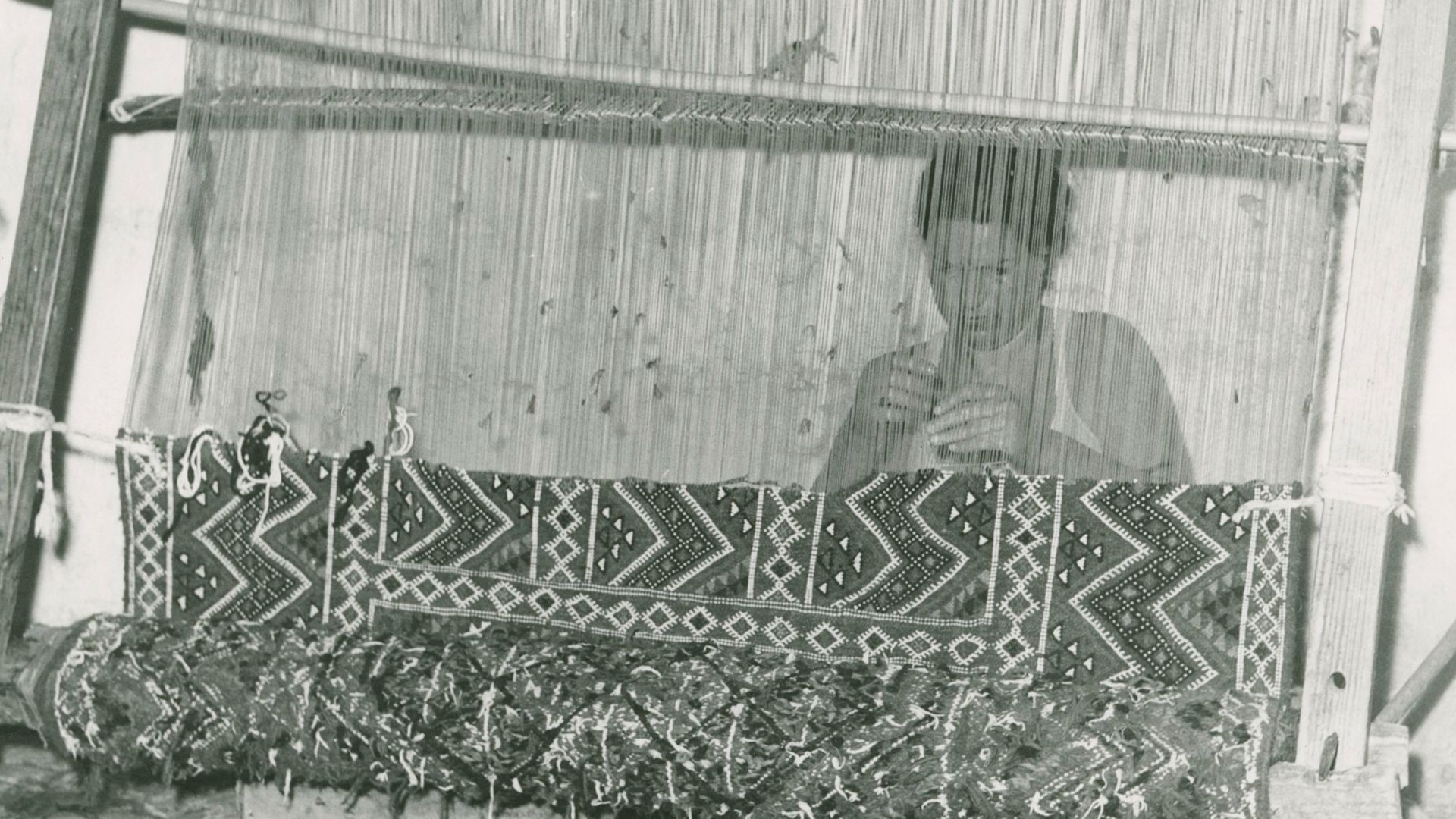 Unknown authorUnknown author, Wikimedia Commons
Unknown authorUnknown author, Wikimedia Commons
Russian Matryoshka Dolls
One doll, then another, then another—each smaller, each with her own painted soul. Matryoshkas are a metaphor for family, femininity, continuity, and nested identities. From peasant mothers to pop culture icons, these dolls echo profound truths in miniature form.
Bhutanese Tsechu Festivals
Masked monks leap in crimson and gold, their dances warding off evil. Bhutan’s Tsechu festivals combine Buddhist teachings with spectacle. Each movement reenacts legends, turning dusty courtyards into cosmic stages. Crowds gather in silence as they wait for blessings wrapped in rhythm.
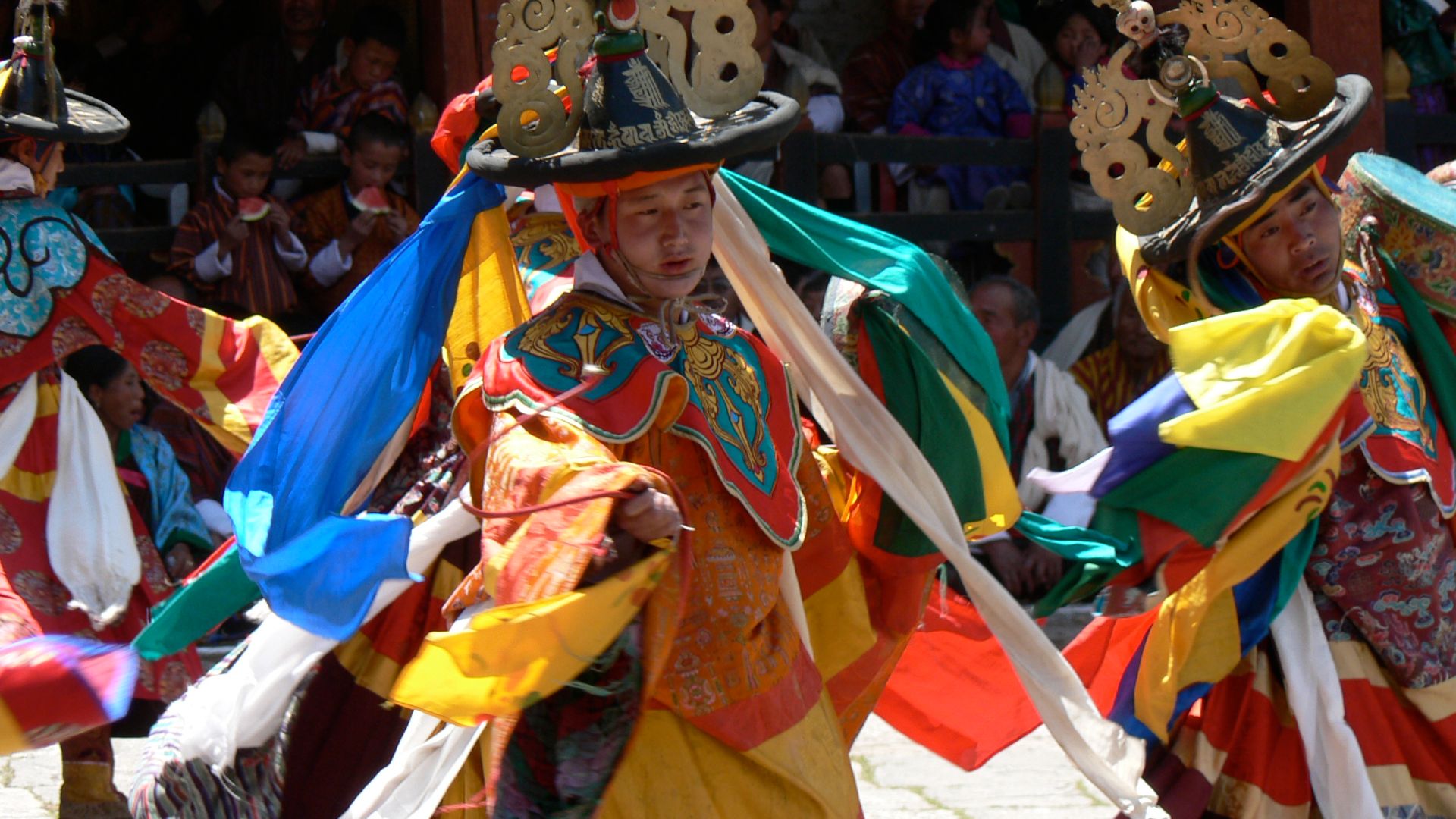 Stephen Shephard, Wikimedia Commons
Stephen Shephard, Wikimedia Commons
Filipino Bayanihan Spirit
In rural Philippines, when someone moves houses, the neighbors help carry it, house and all. This act, called Bayanihan, reflects the Filipino soul: community over convenience. It’s not a myth; it’s a mindset. When one person needs help, many shoulders show up.


